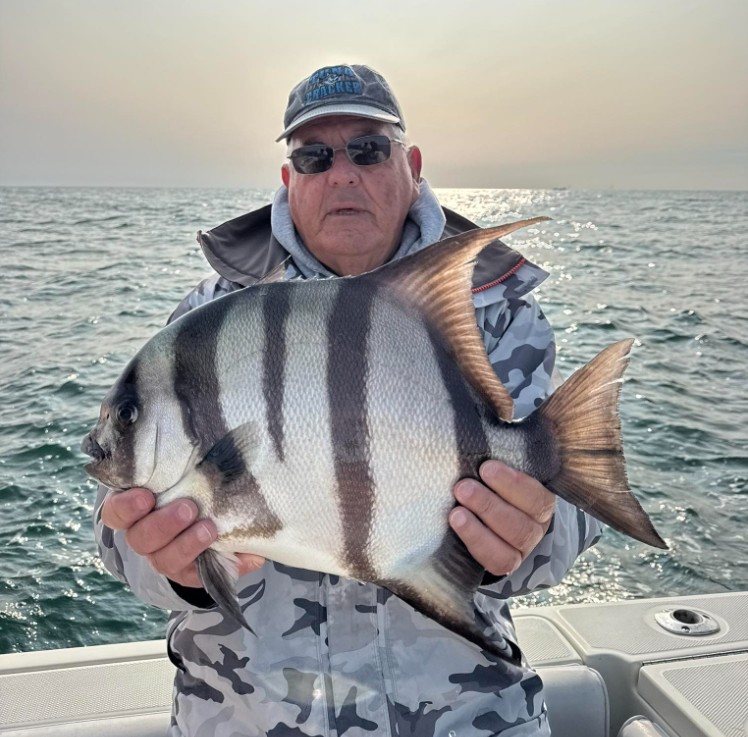
Get ready for a peak in Virginia’s inshore fishing action! The waters are starting to teem with cobia, Spanish mackerel, red and black drum, sheepshead, and spadefish—plenty of opportunities to reel in a trophy!
In the bay, target red drum near the breakers along the northern section of the Chesapeake Bay Bridge-Tunnel (CBBT) and close to Fisherman’s Island. Also be on the lookout for schools on the surface along the oceanfront and around the islands of the CBBT.
Black drum are thriving around the CBBT islands, ready for the taking!
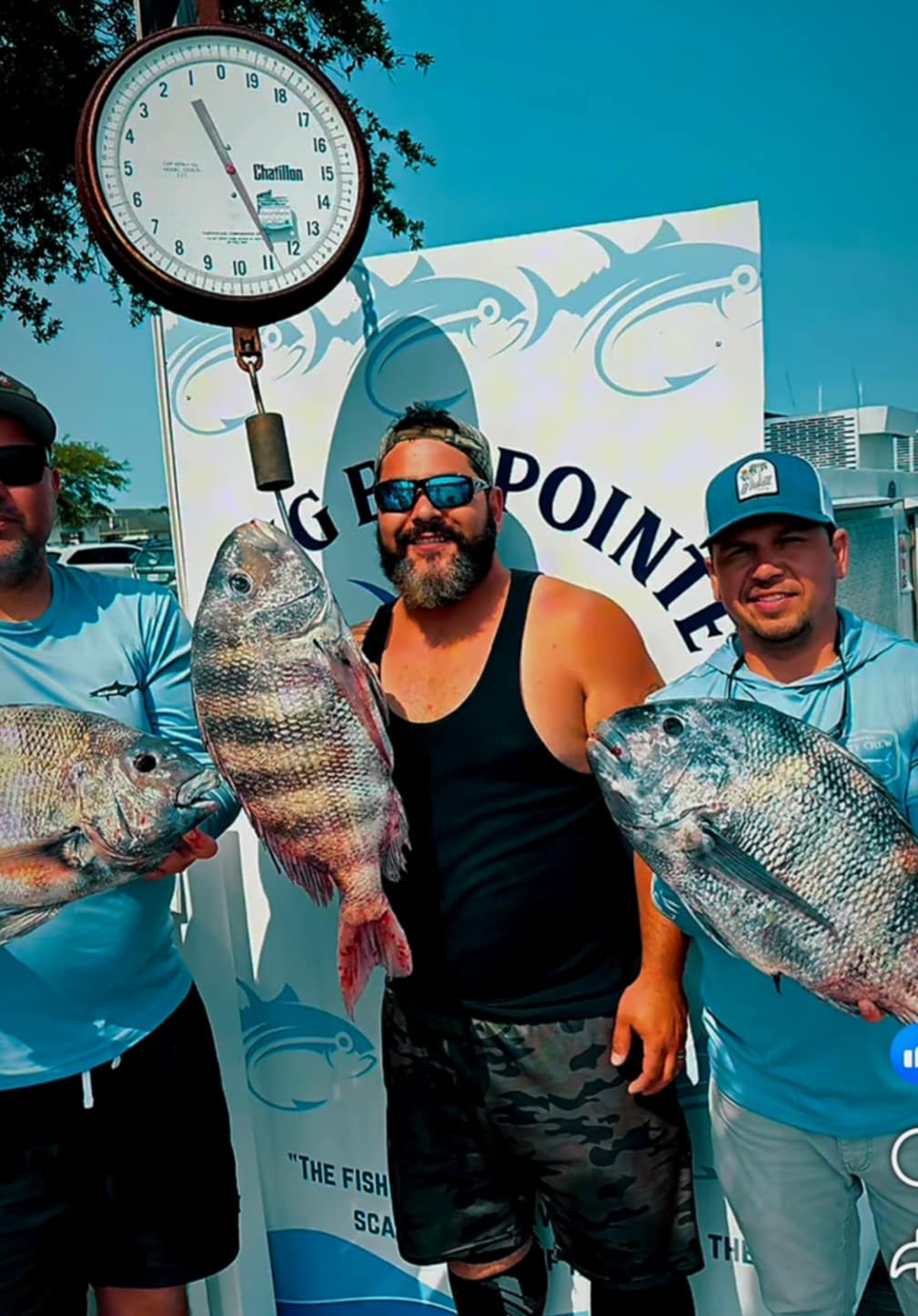
Sheepshead are eagerly feeding on the CBBT pilings, while schools of spadefish are congregating around structures, buoys, towers, and the CBBT—perfect for an action-packed day! Flounder are also heating up, biting along the CBBT, the HRBT and inside all three southside inlets.
Every year, the cobia season in Virginia brings excitement and anticipation to anglers and fishing enthusiasts. June 15th marks the beginning of one of the most thrilling times for sport fishing in the region. Cobia are known for their migratory patterns and during the summer months, they migrate towards the Chesapeake Bay and surrounding waters, making Virginia an ideal location for big time cobia fishing. These fish often prefer structures such as reefs, wrecks, and buoys, where they hunt for prey like crustaceans and small fish. There are several techniques used for catching cobia, each requiring a bit of skill and patience.
Chumming
One popular method is chumming, which involves creating a scent trail in the water to attract cobia to the boat. Anglers typically use menhaden or other oily fish as chum, dispersing it over the side to lure the cobia.
Sight Fishing
Sight fishing is another effective technique, where anglers visually spot cobia swimming near the surface or around structures. This method often requires calm waters and a keen eye.
Live Bait
Using live bait such as eels, crabs, or small fish can be highly effective in attracting cobia. These natural baits mimic the cobia’s preferred prey and can entice them to strike.
Long Bay Pointe Bait and Tackle has plenty of eels, crabs, clams and minnow in their live bait tanks ready for you.
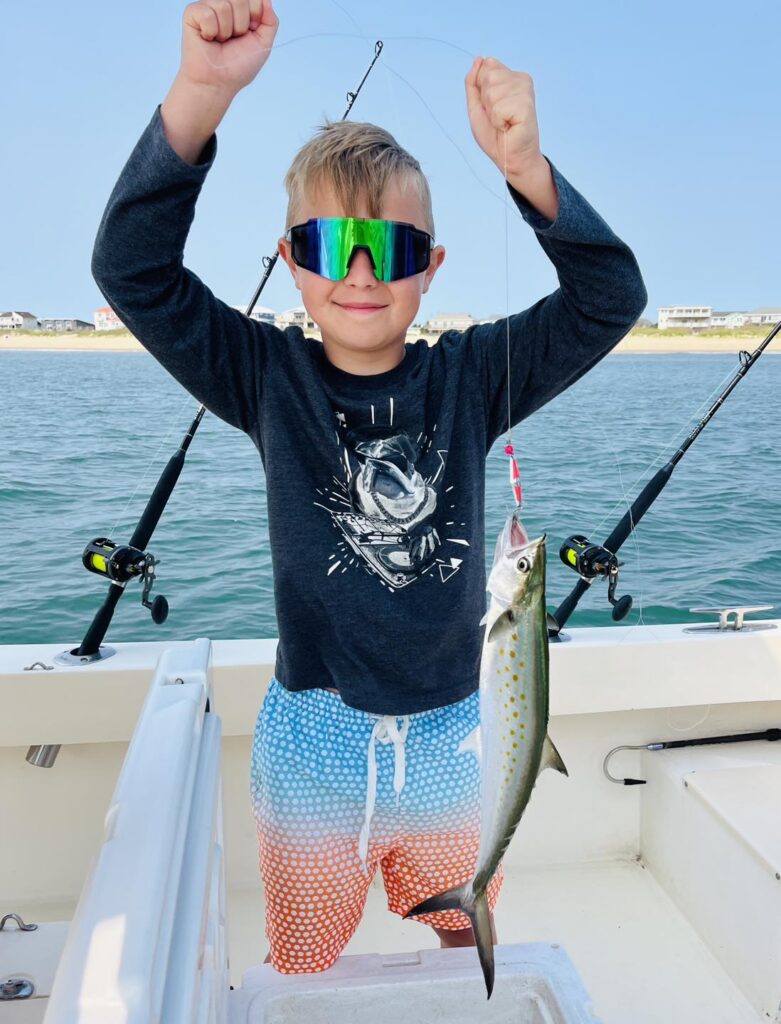
Knot Wish’n Charters
Captain Todd Beck of Knot Wish’n Charters has been seeing some quality Spanish mackerel and is happy to see numbers climbing as water temperatures hover around 70°F. Todd reported plenty of Atlantic bonito near the CB line. He said, “Cobia and red drum sightings remained scarce along the oceanfront, and spade catches were hit-or-miss. But the sea bass action is fantastic, with some impressive flounder on offshore wrecks!”
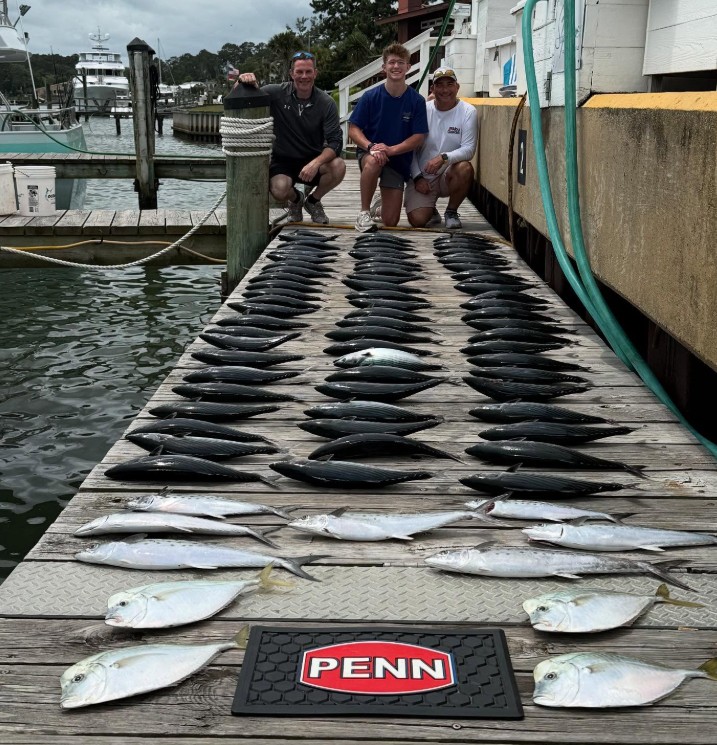
High Hopes Charters
Captain David Wright and crews on the High Hopes has been enthusiastically reeling in nice Spanish mackerel and bonito on his inshore charters. He’ll be gearing up for offshore adventures soon—get ready for more pictures and excitement from the High Hopes!
Speckled trout action has slowed, but prime spots to try include the Poquoson Flats, Eastern Shore bayside inlets, all three southside inlets, and along the beach. Look for puppy drum in the same area.
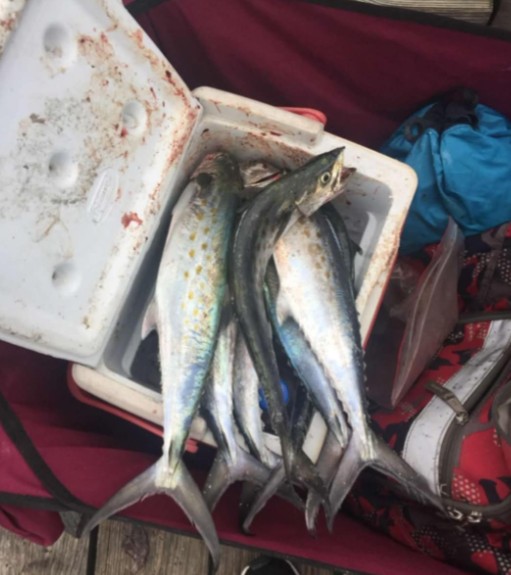
At the Virginia Beach Pier, anglers are enjoying a hot bite with Spanish mackerel. They’re also catching bluefish, skates, and rays. The water temperature under the pier is a promising 67°F—ideal for a great day on the pier!
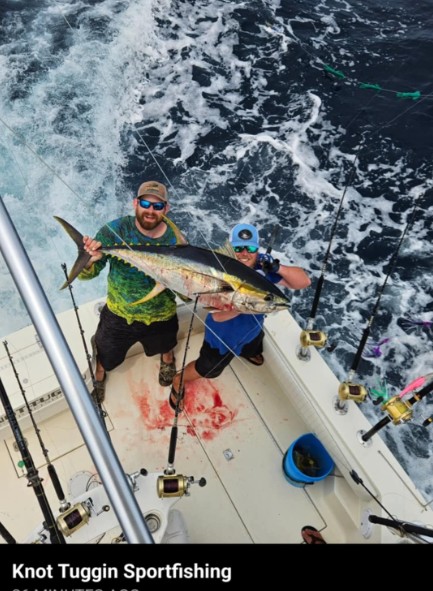
Offshore, Virginia’s bluewater trollers are in for a treat as yellowfin tuna numbers rise, with recent catches coming from just south of the triple 0’s. Dolphin, wahoo, and billfish are hot on their heels, and amberjack are starting to appear around offshore towers—thrilling times ahead!
Deep-droppers, get excited for outstanding tilefish action, along with grouper, red-bellied rosefish, and other deep-sea treasures. The fishing is heating up, and offshore Virginia Beach is the place to be!
There is a lot of preparations under way for the Virginia Beach Tuna Tournament. The VB Tuna Tournament is an exciting multi-day fishing event, bringing together anglers for competition, camaraderie, and celebration. Held annually, this tournament features fishing days, weigh-ins, dock parties, and more, all centered around the pursuit of impressive tuna catches. Below is a link detailing the schedule of the event taking place from June 18th to June 21st, 2025.

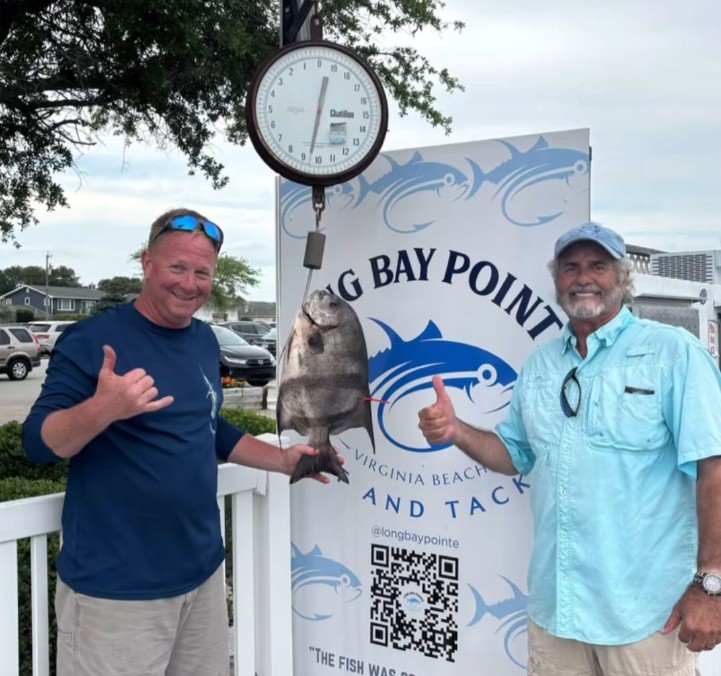

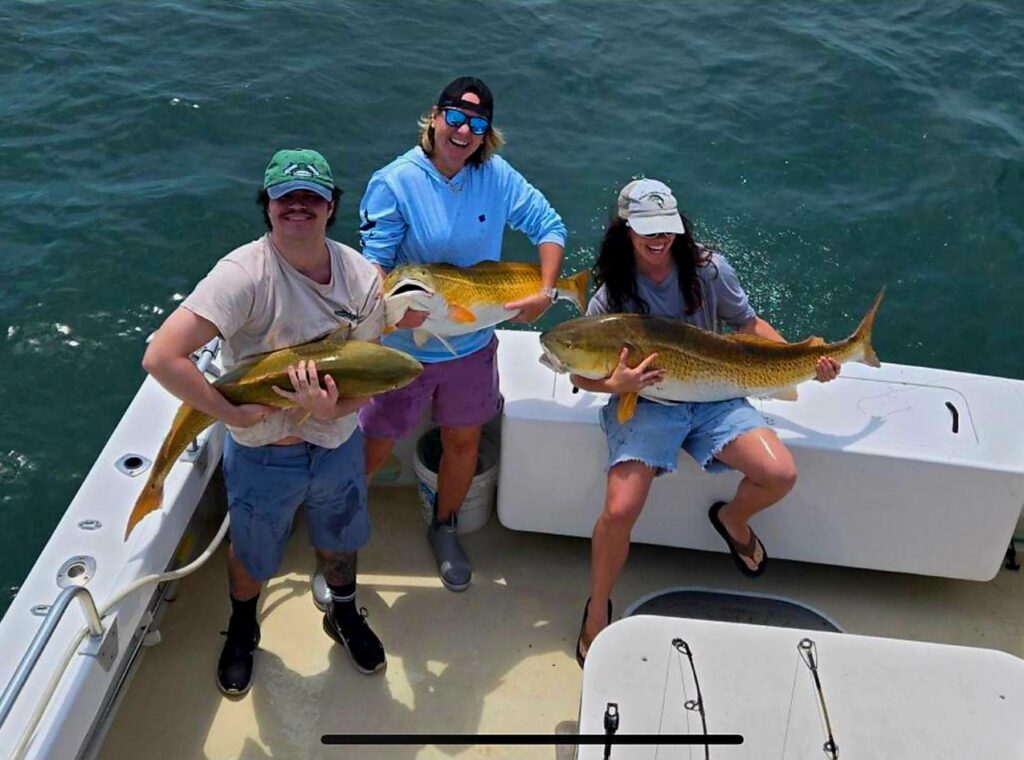
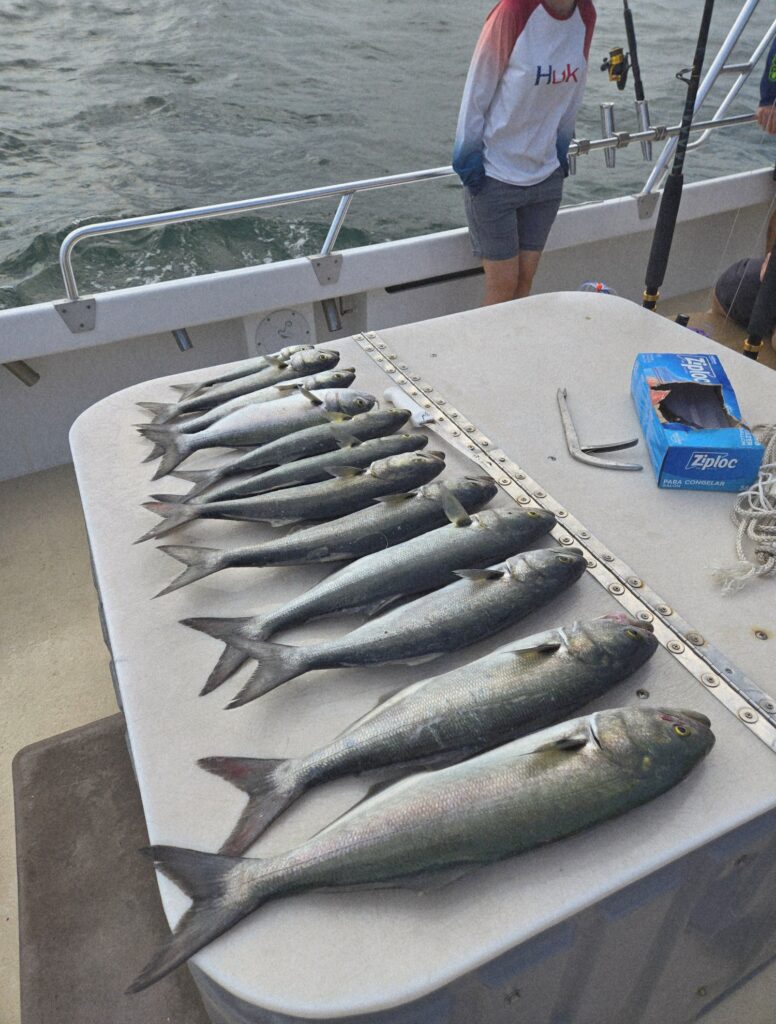

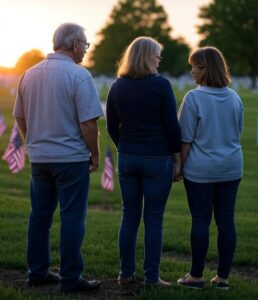
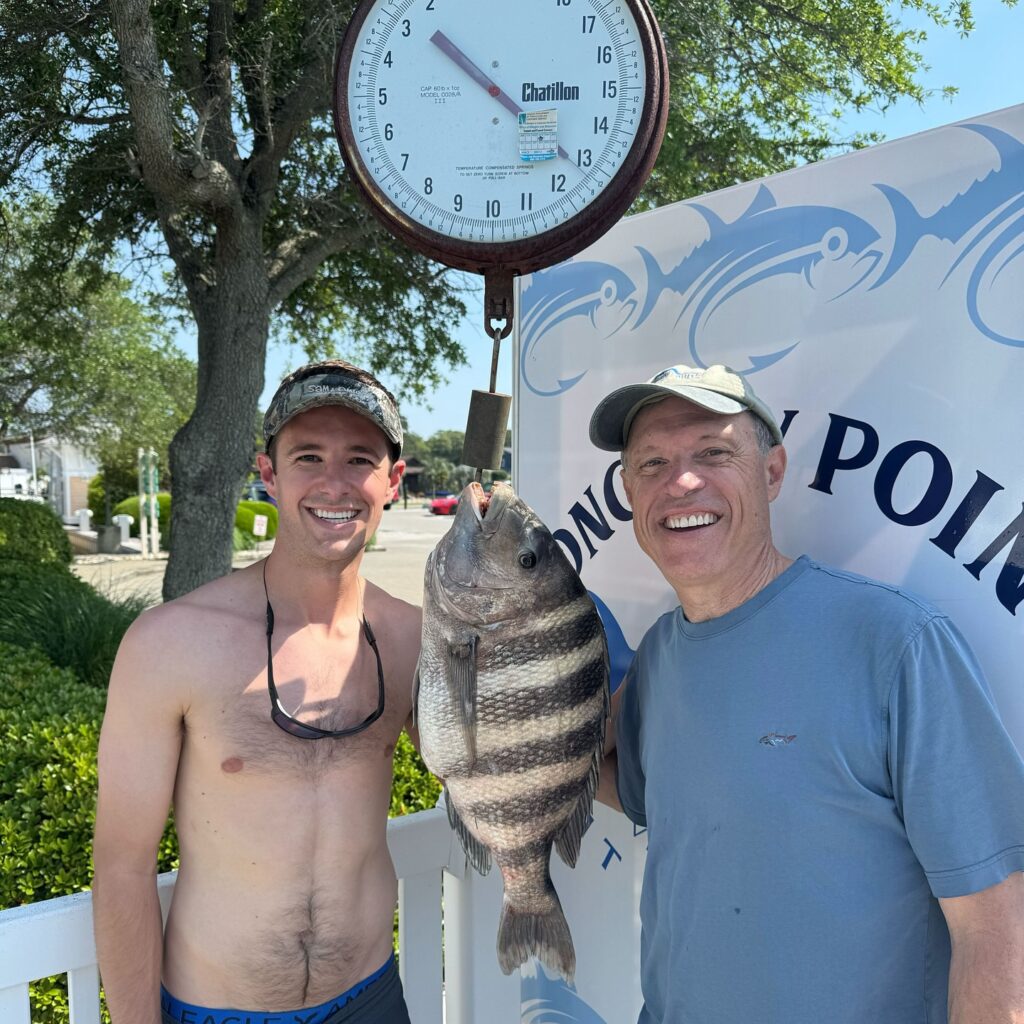
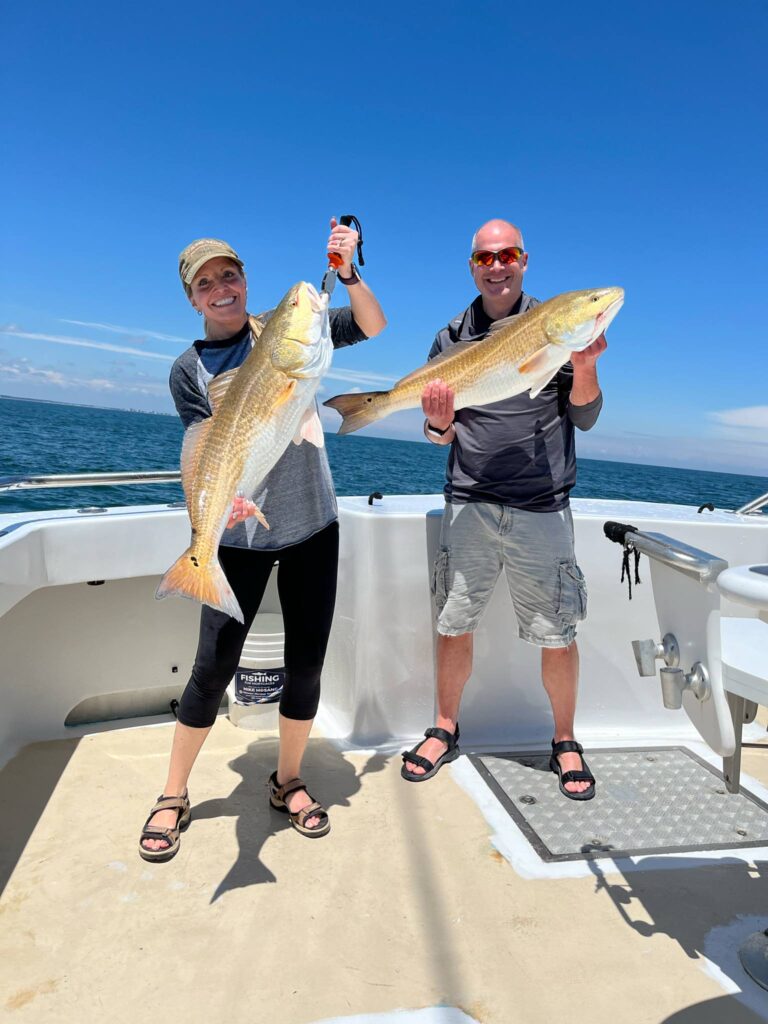
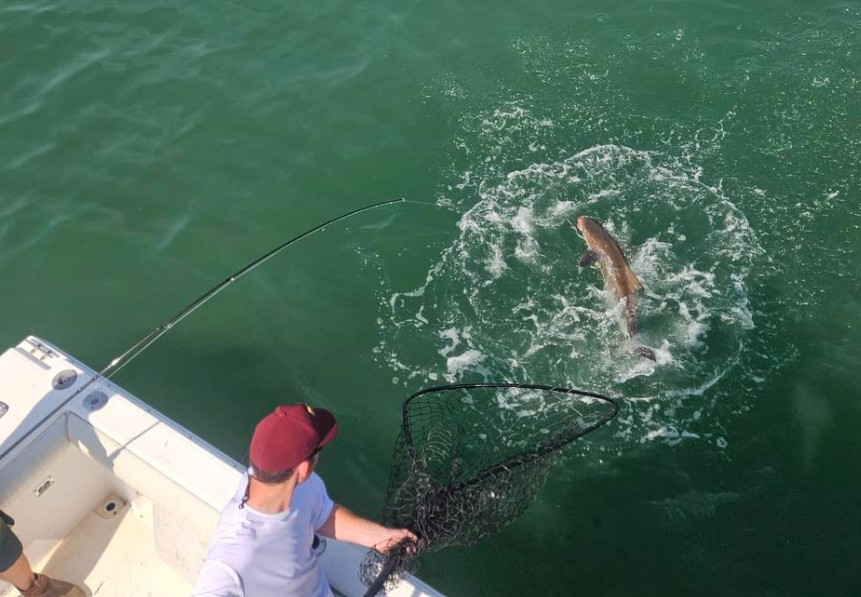
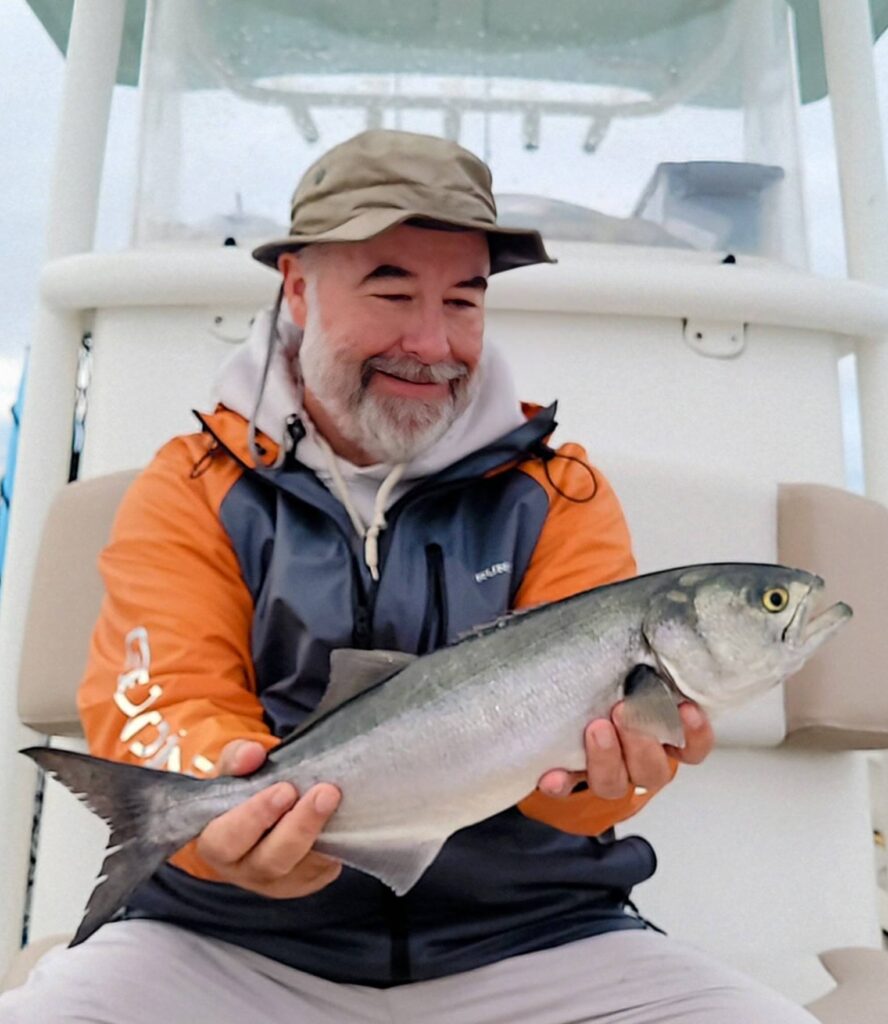
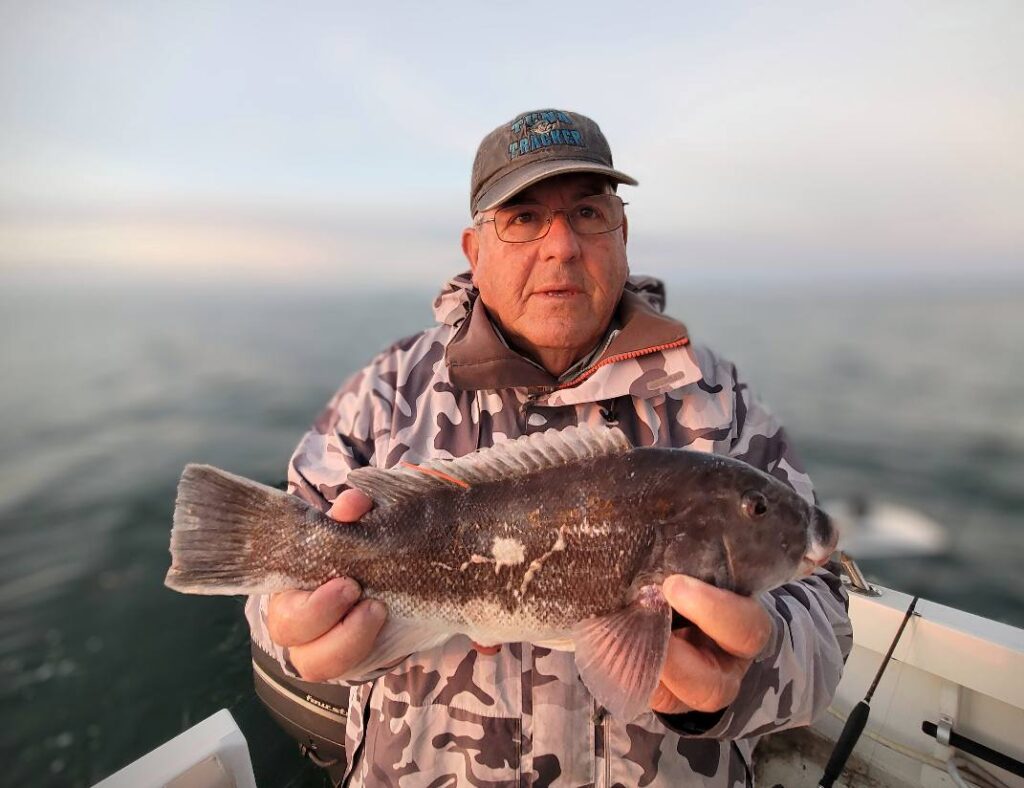
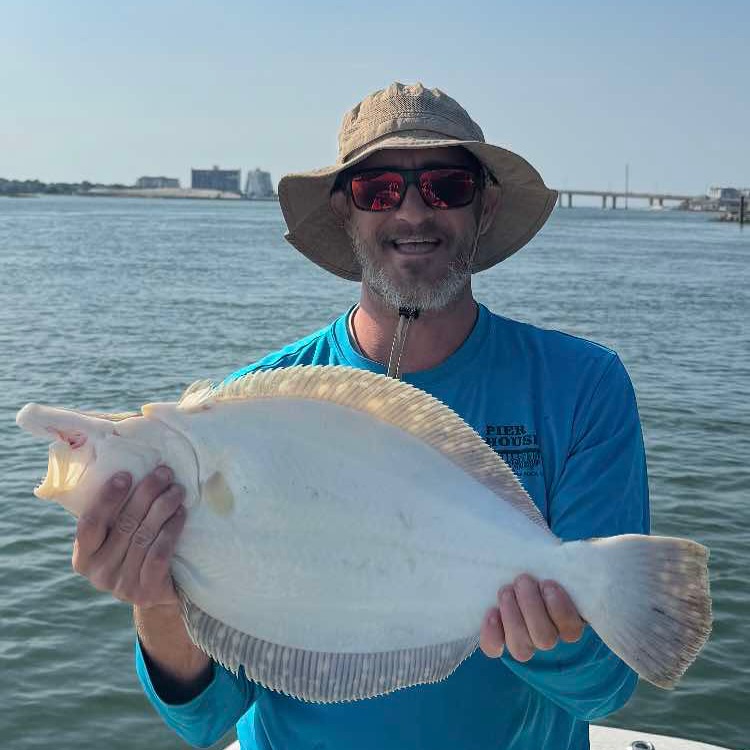
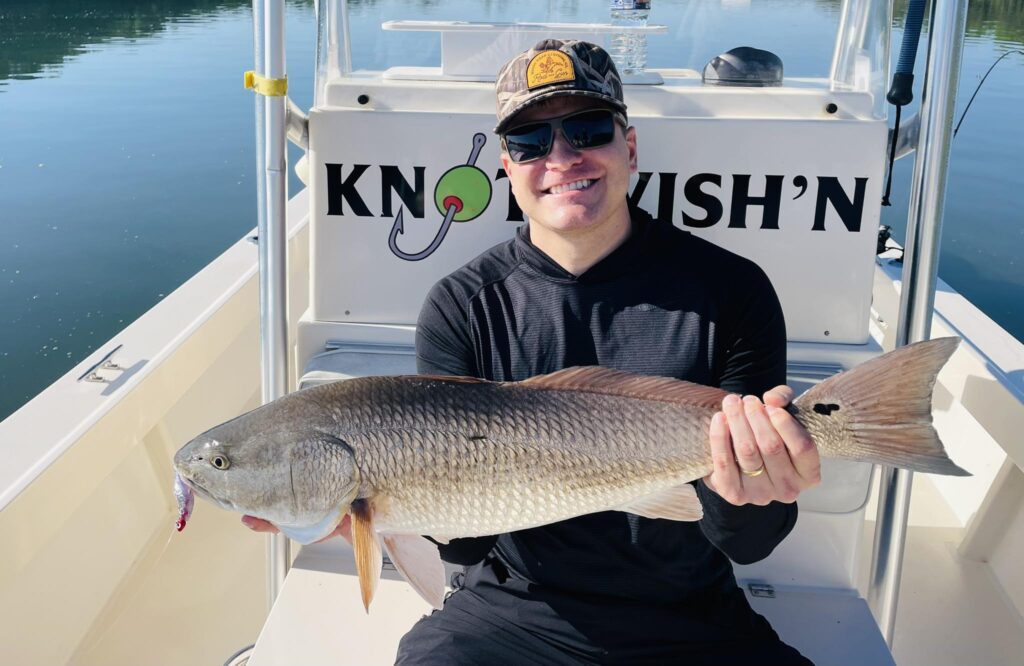
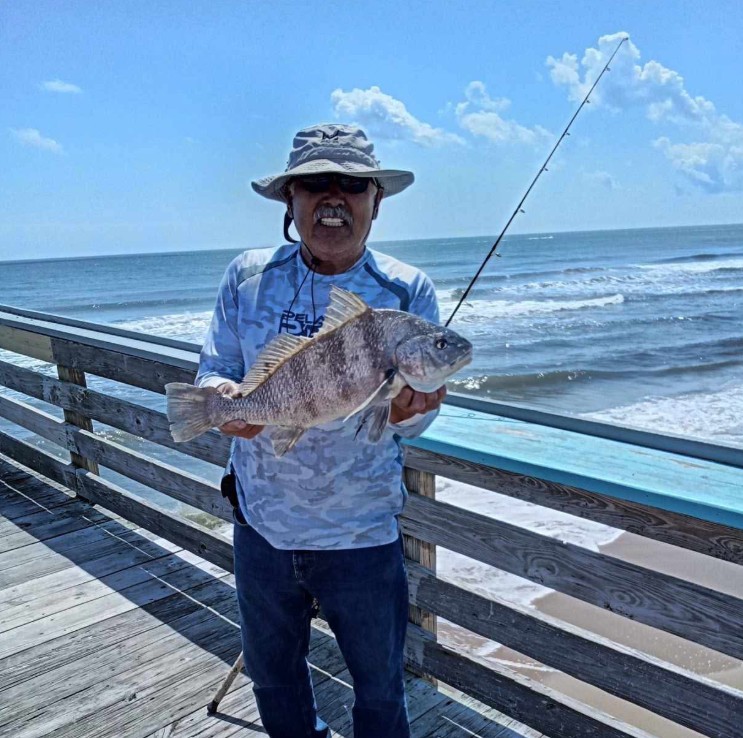
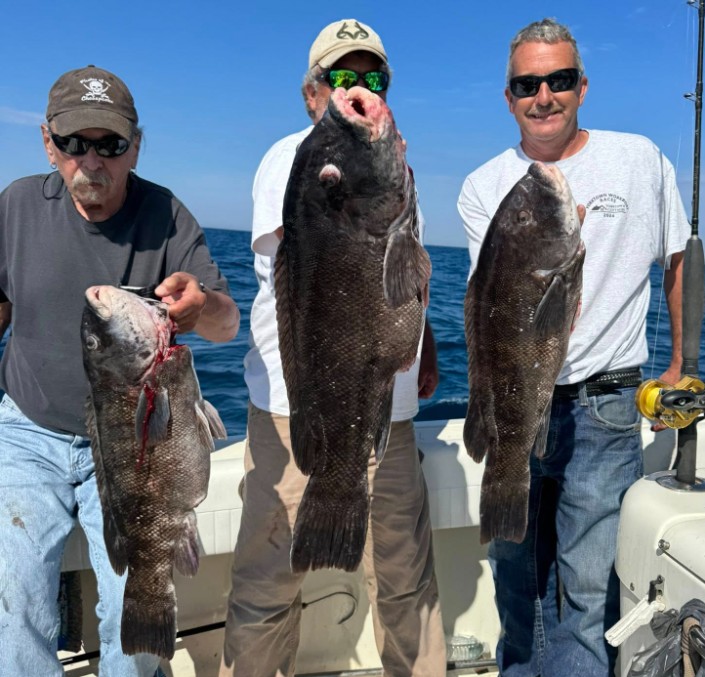
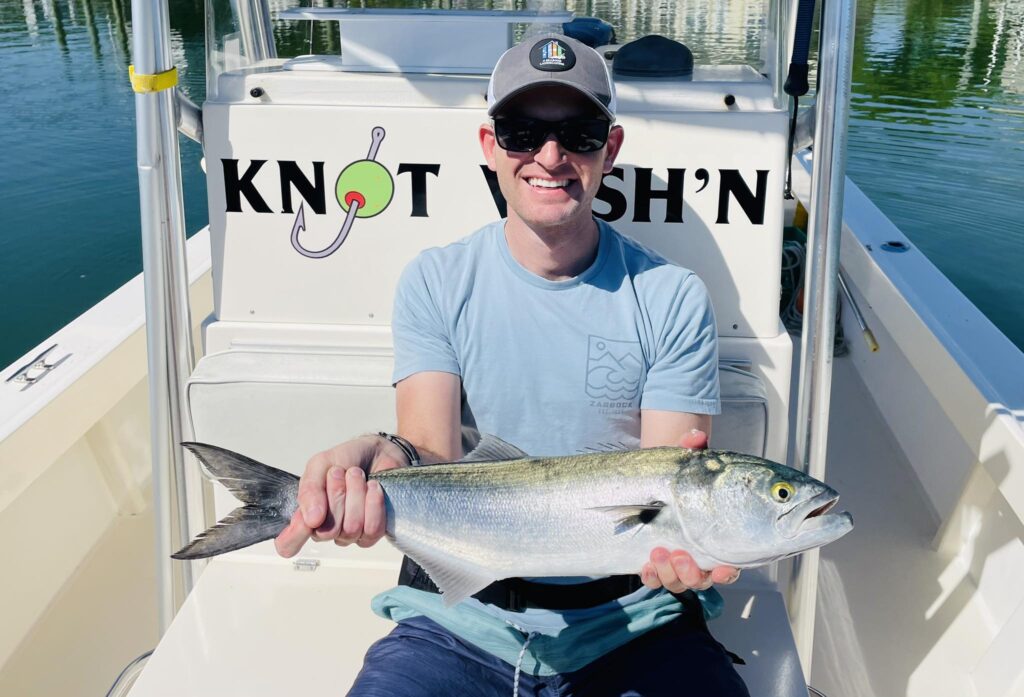
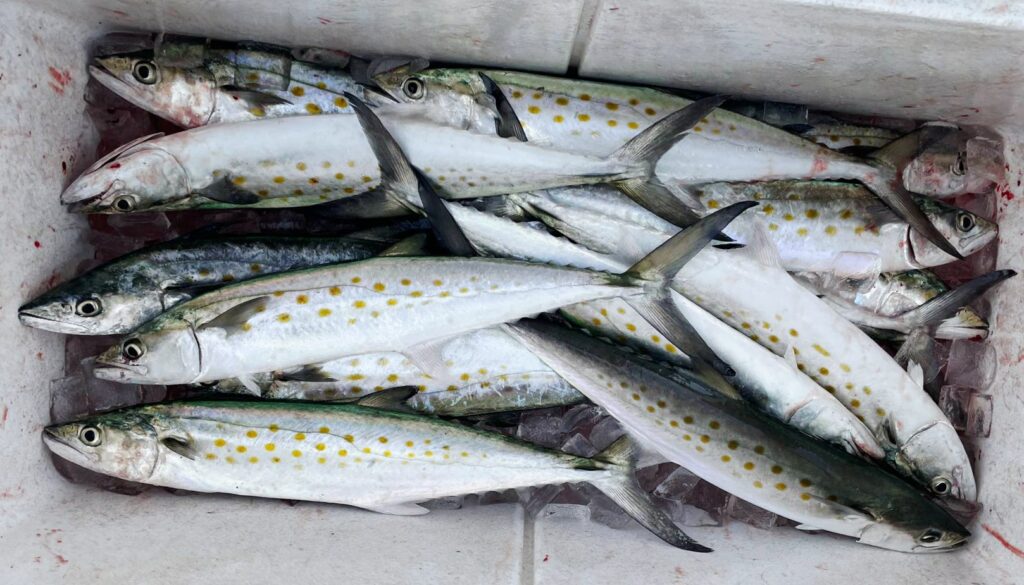
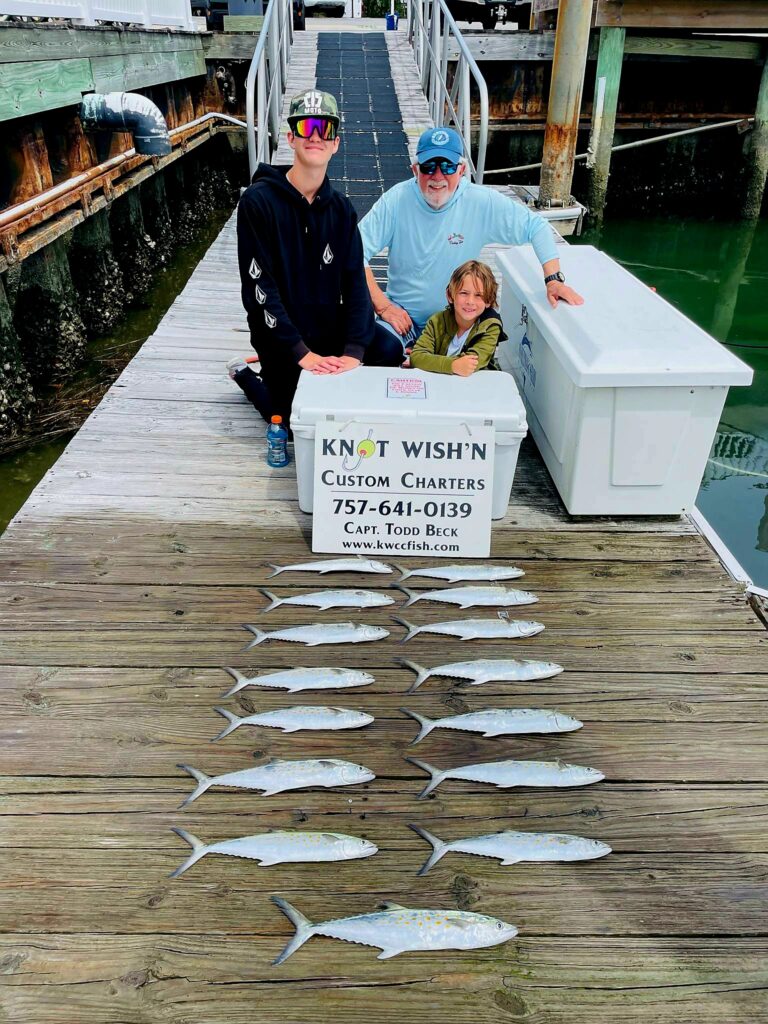
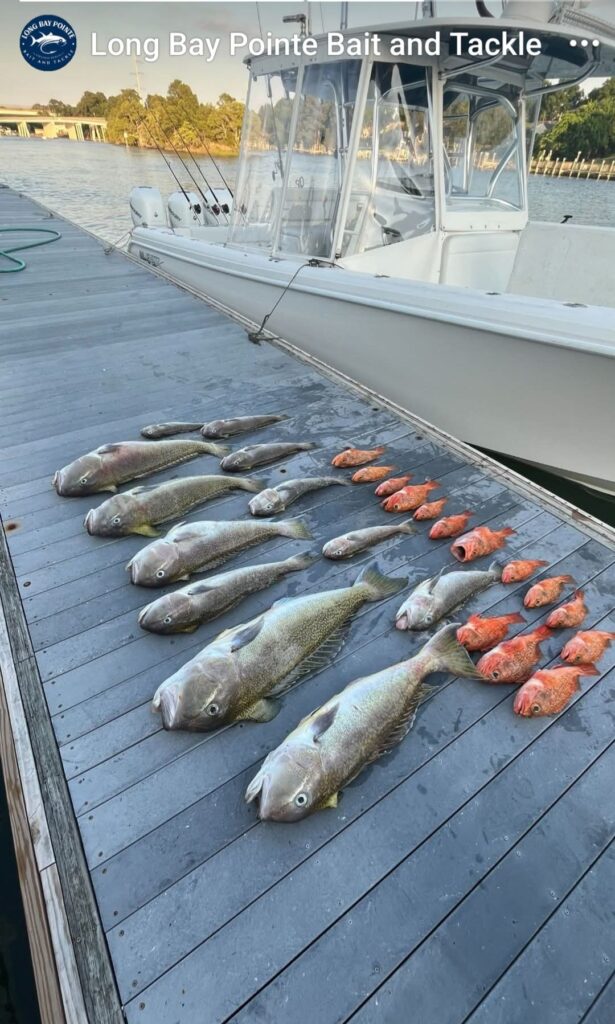
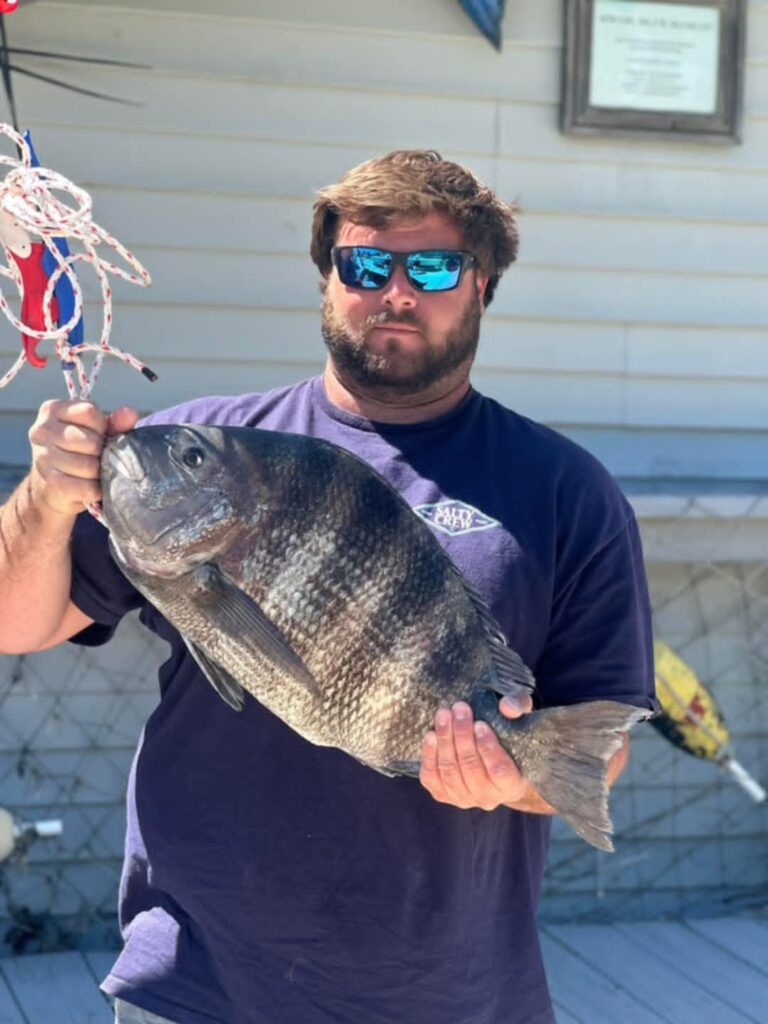

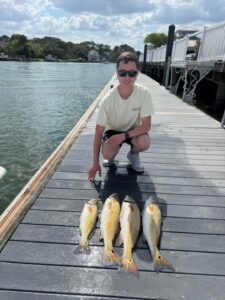
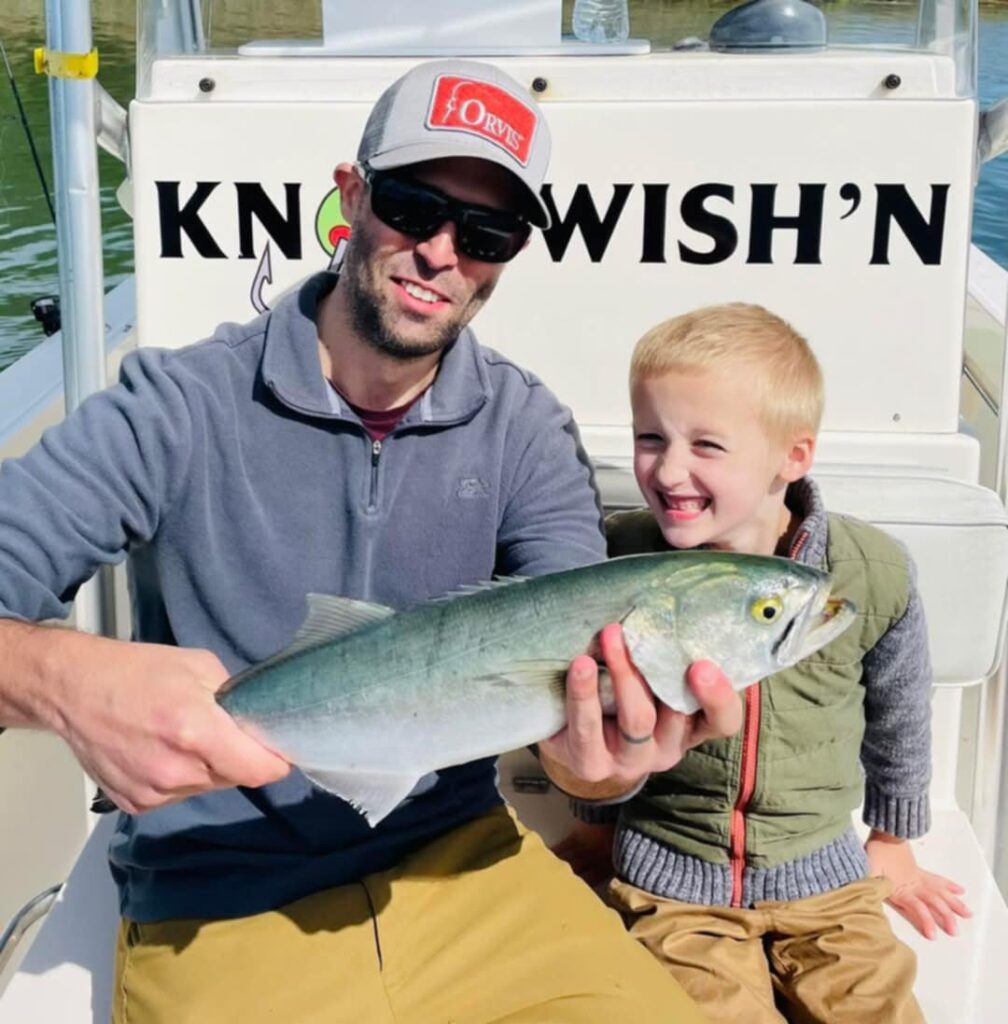
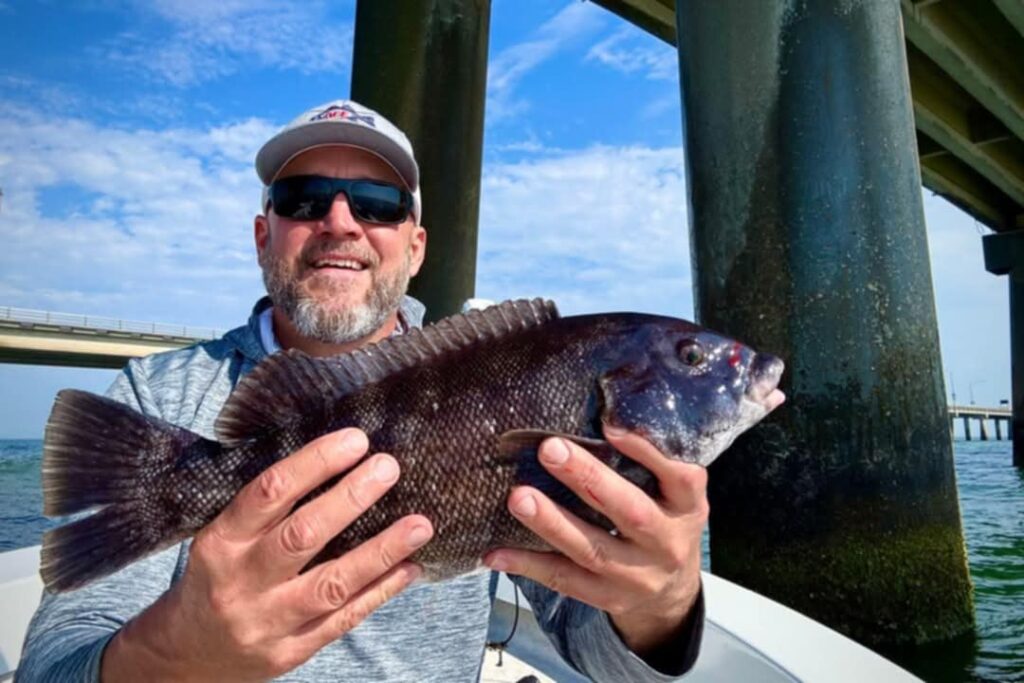
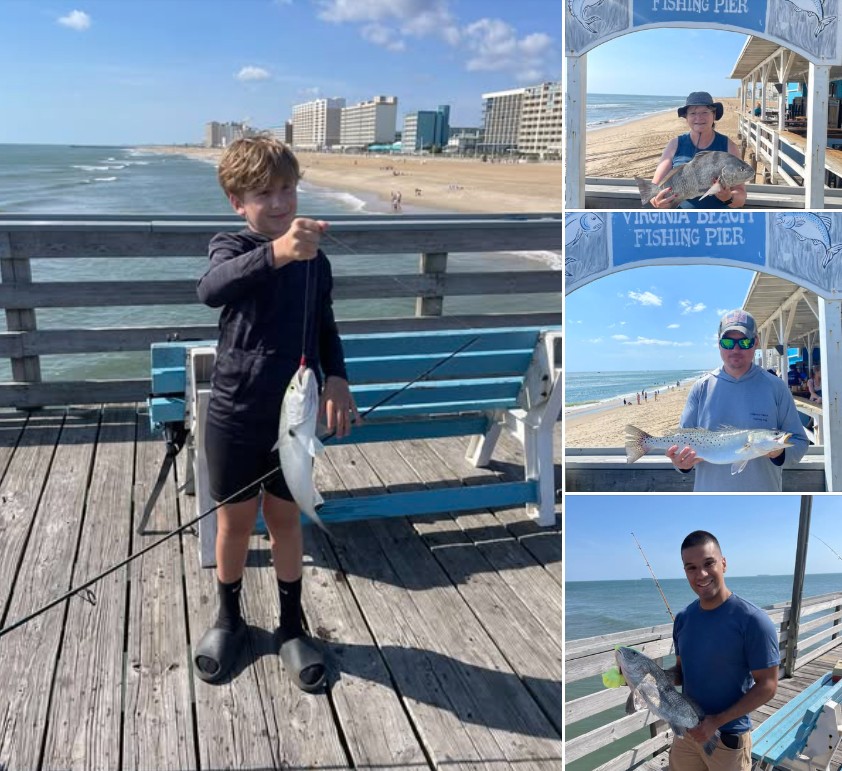
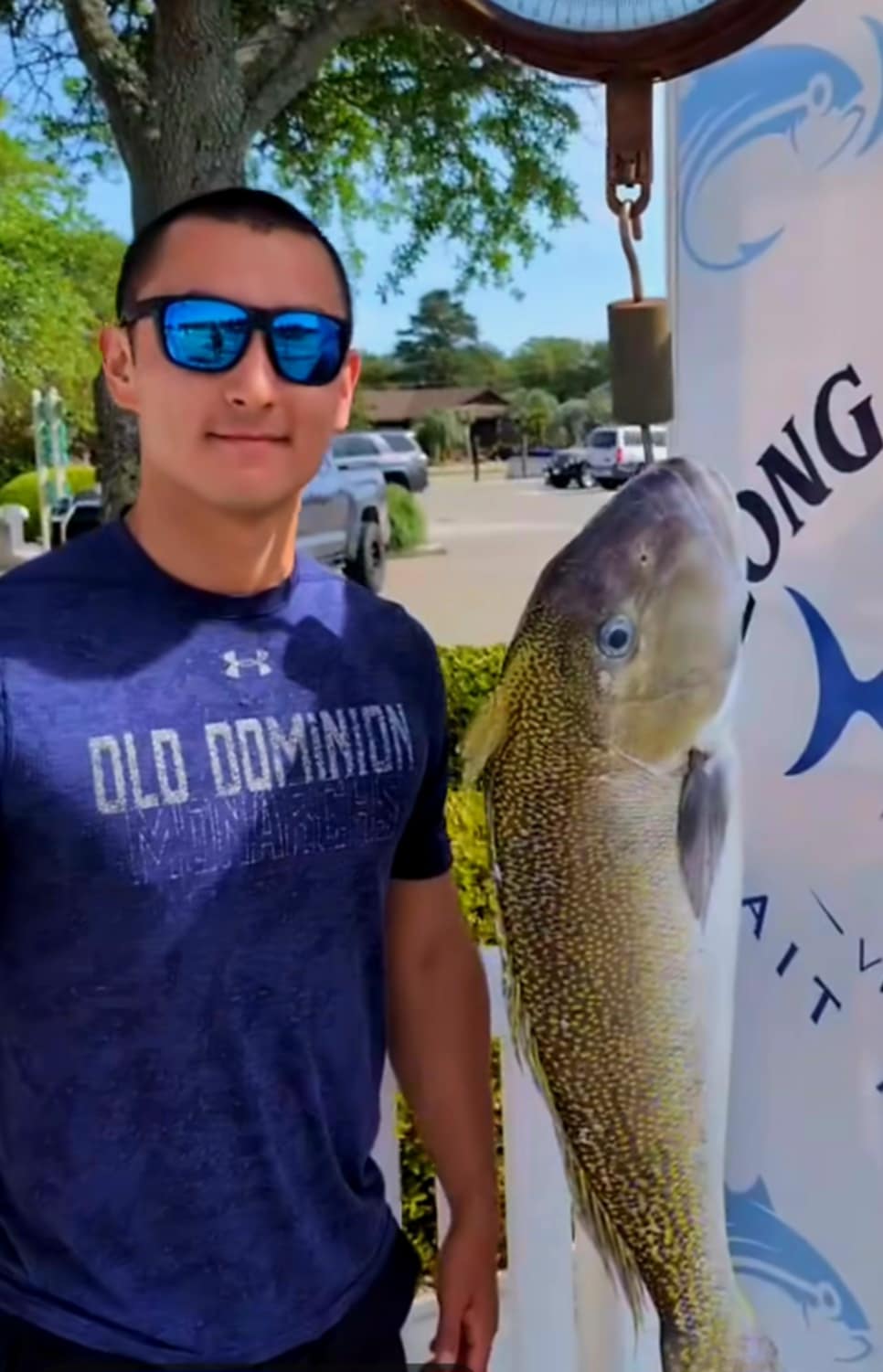
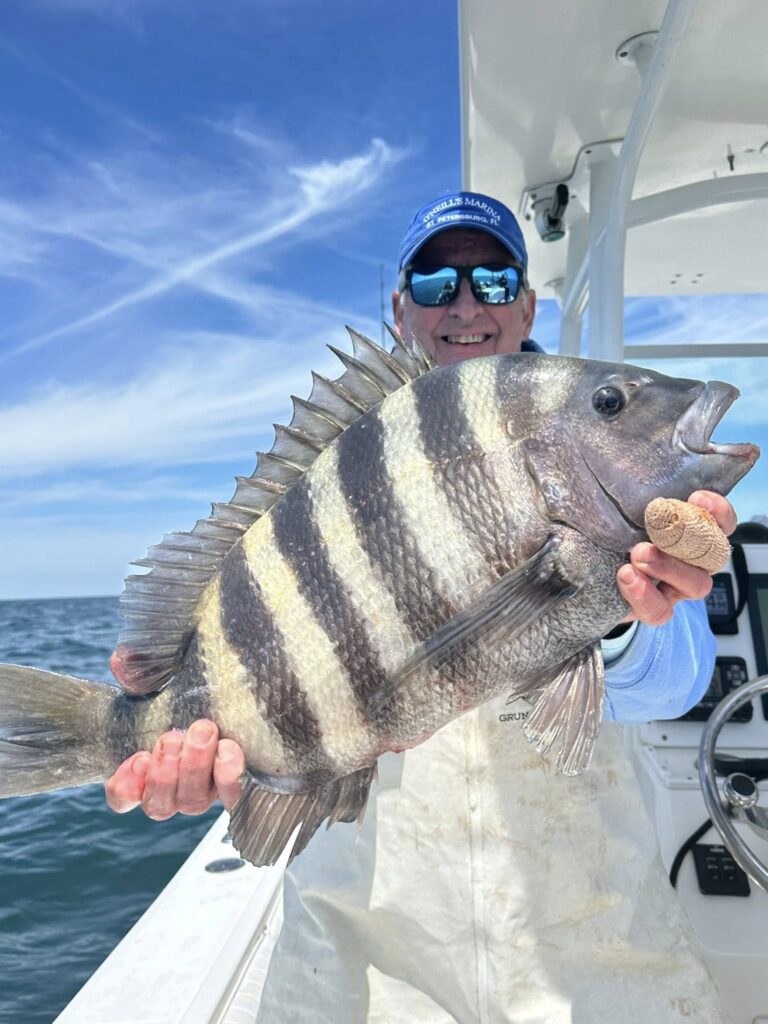

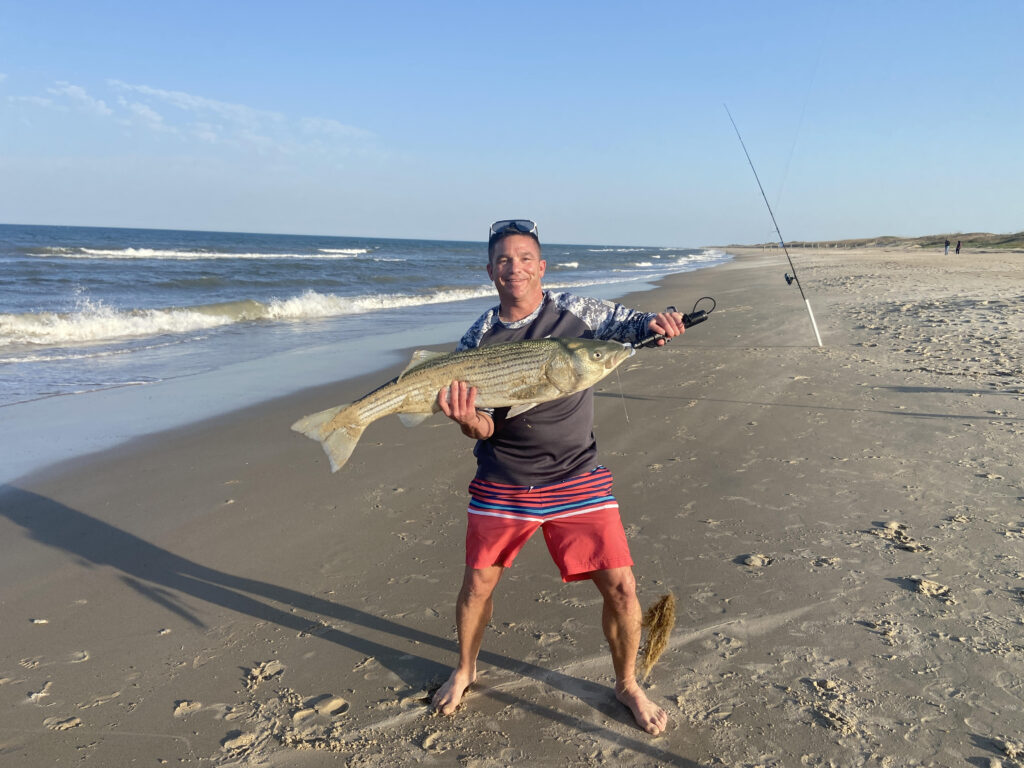
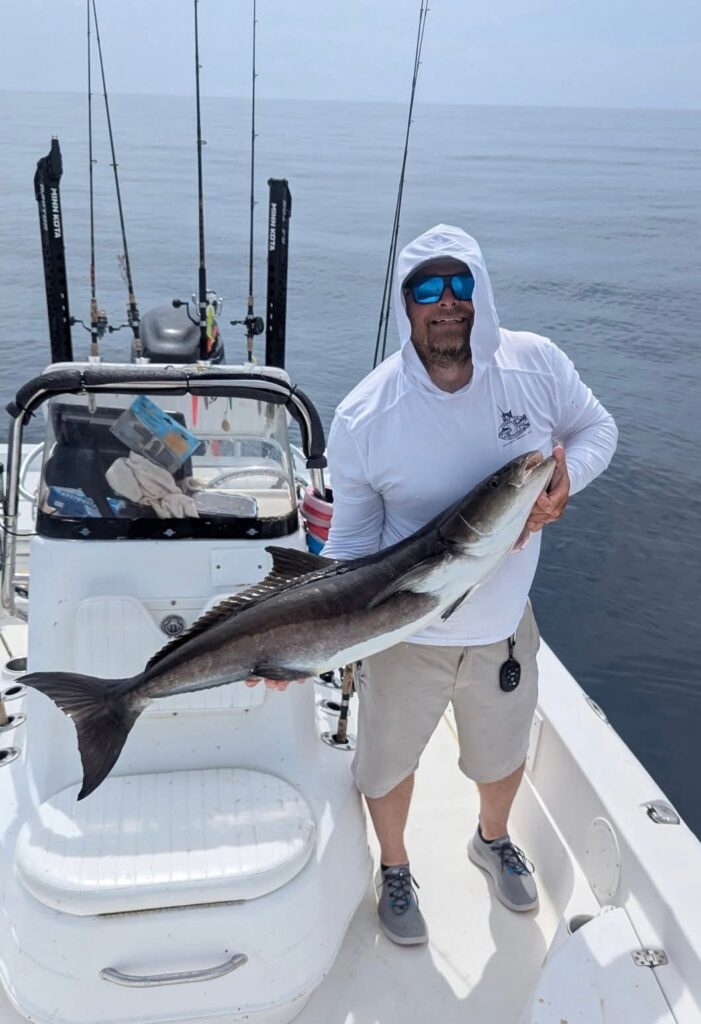
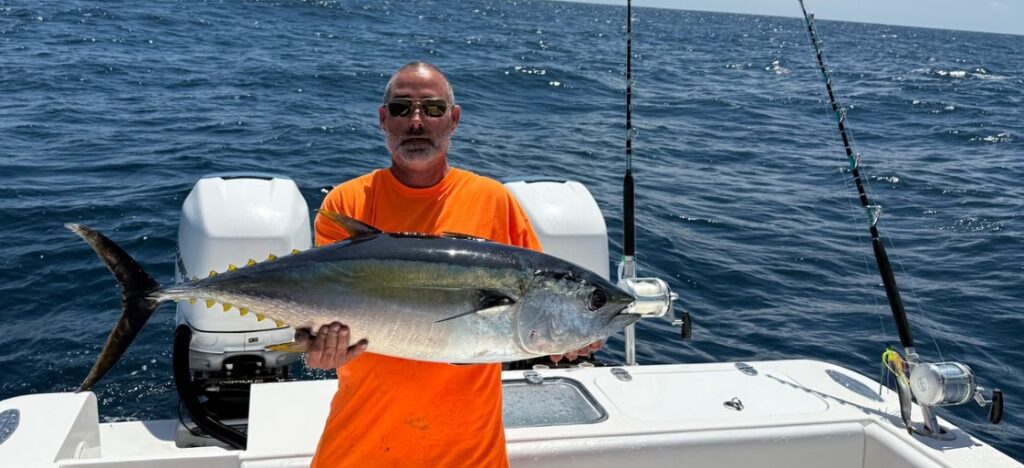
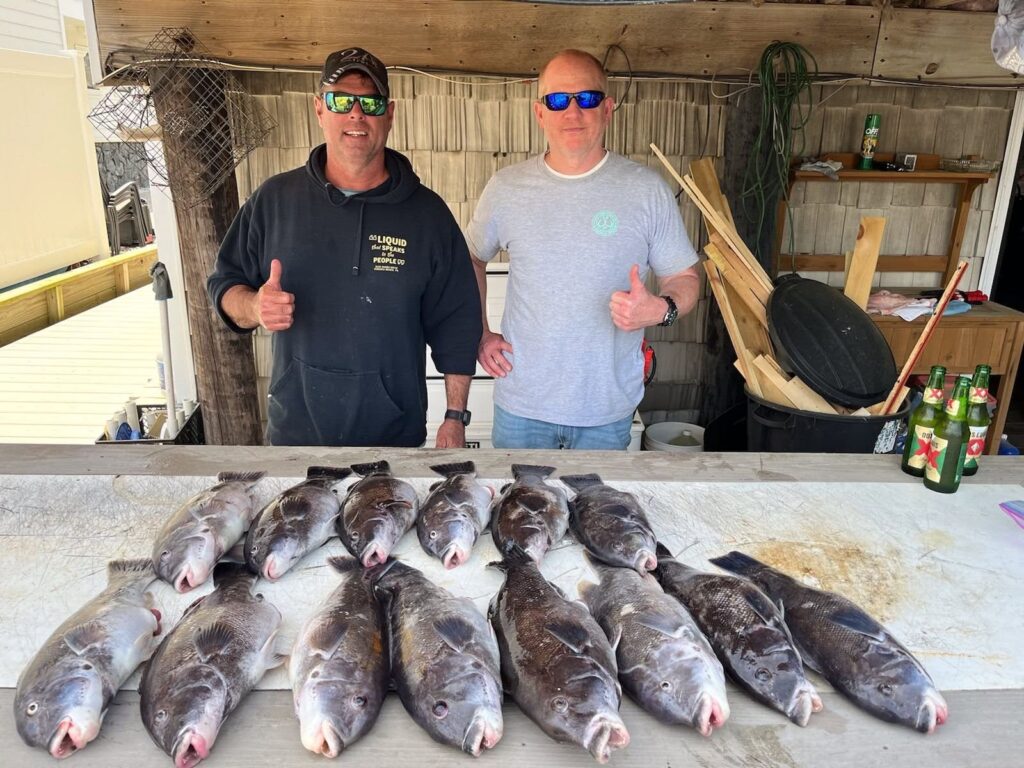
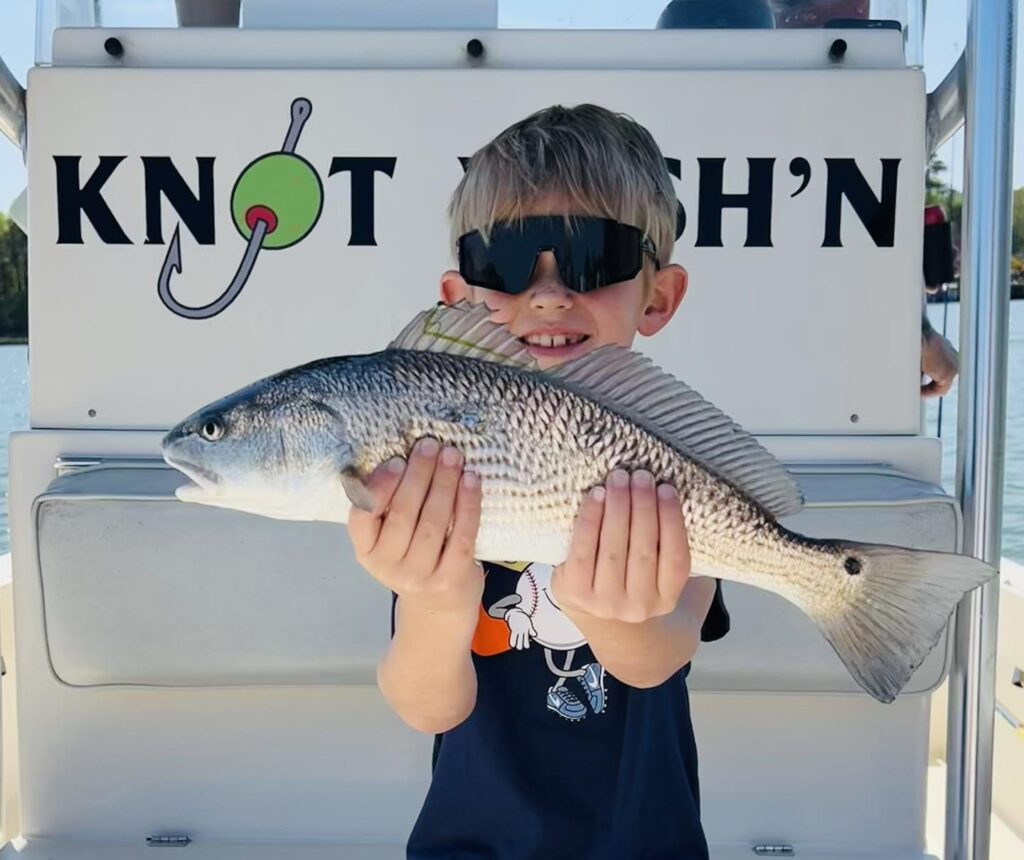
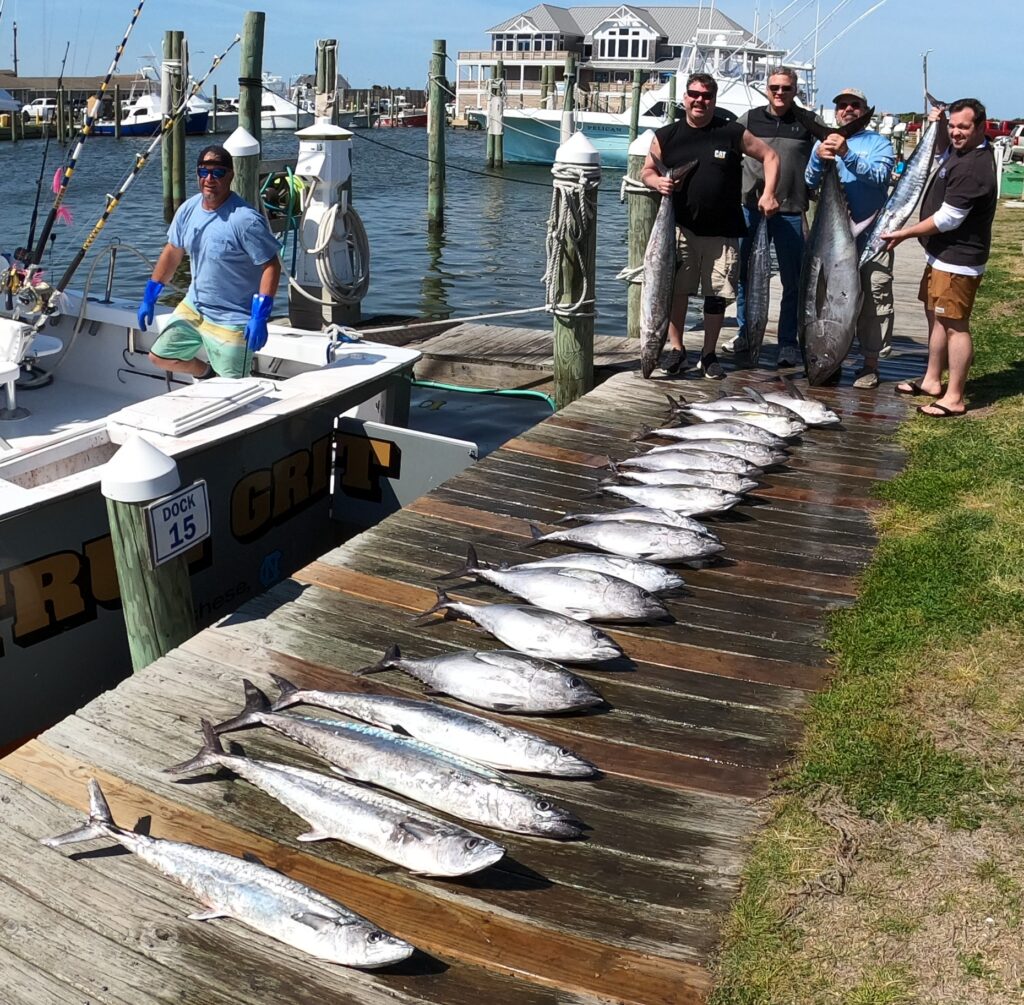
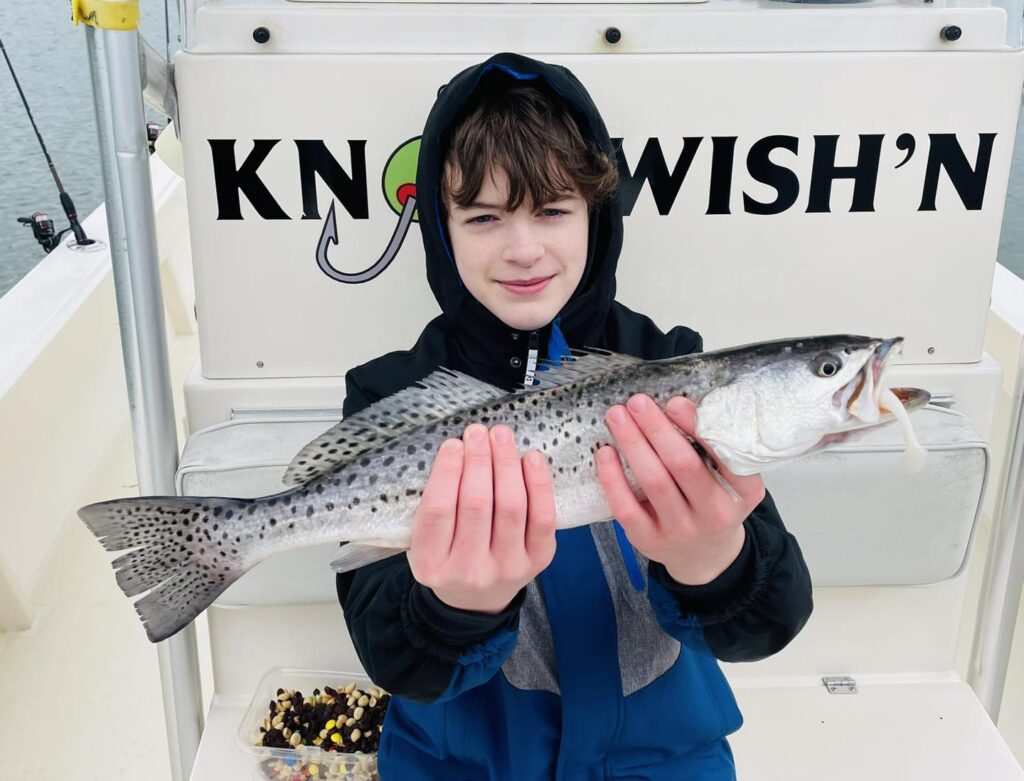
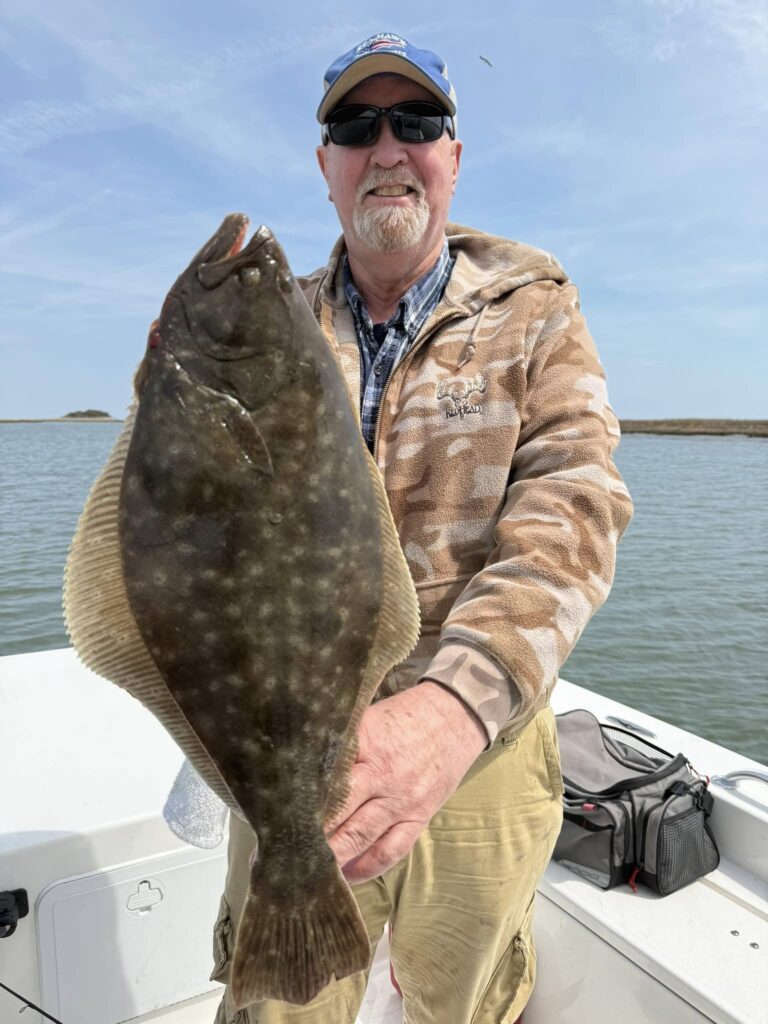
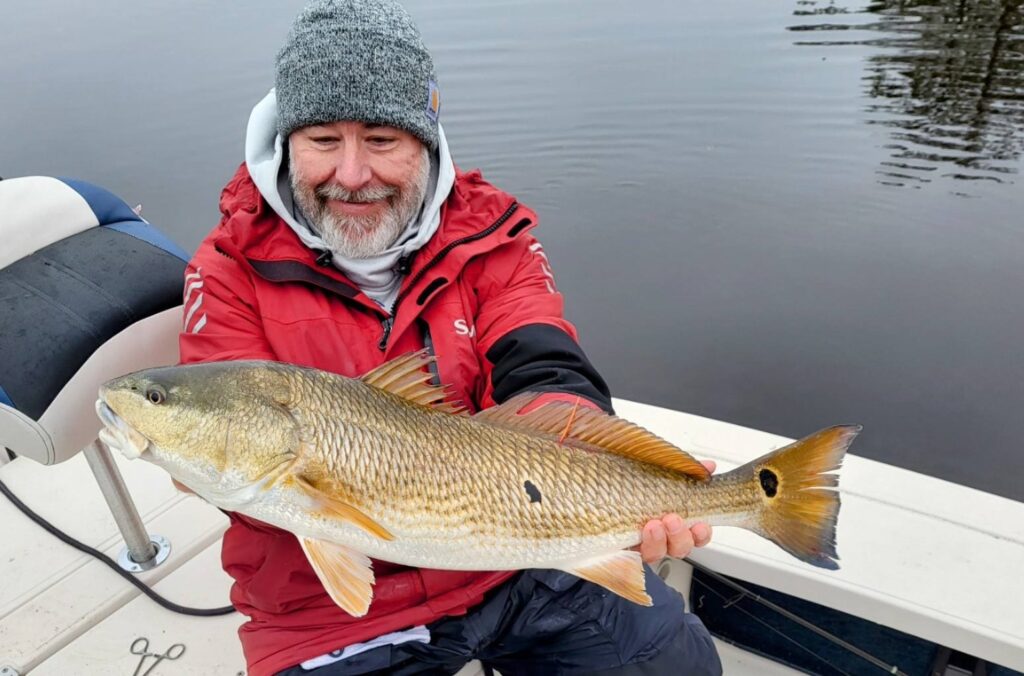
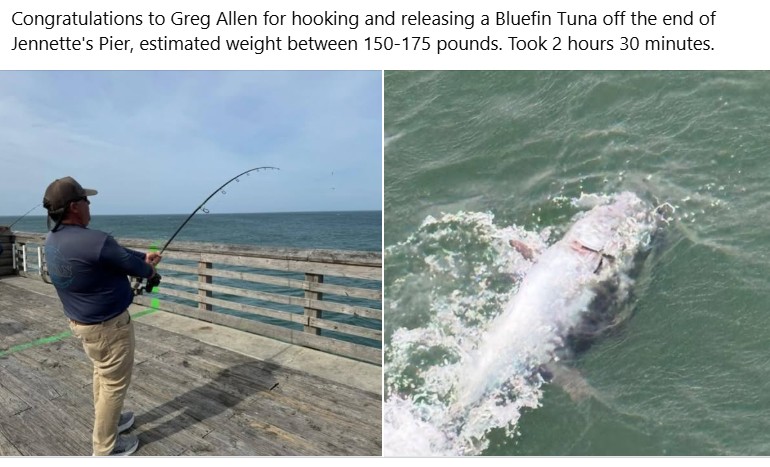
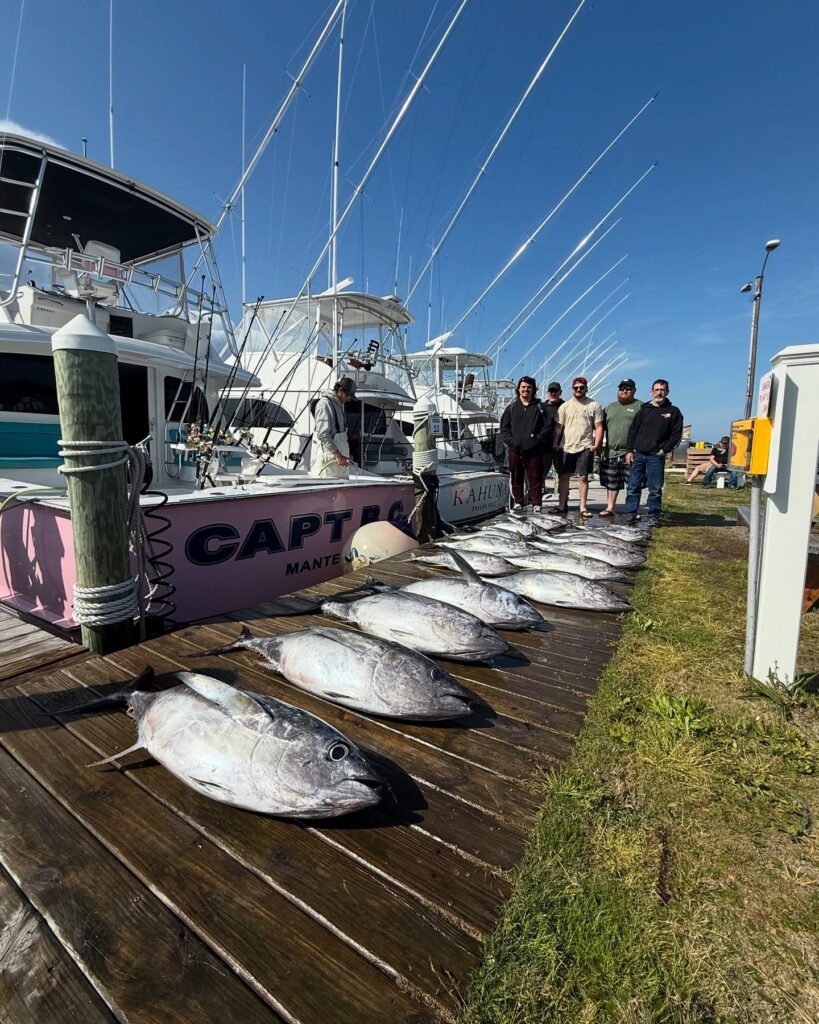
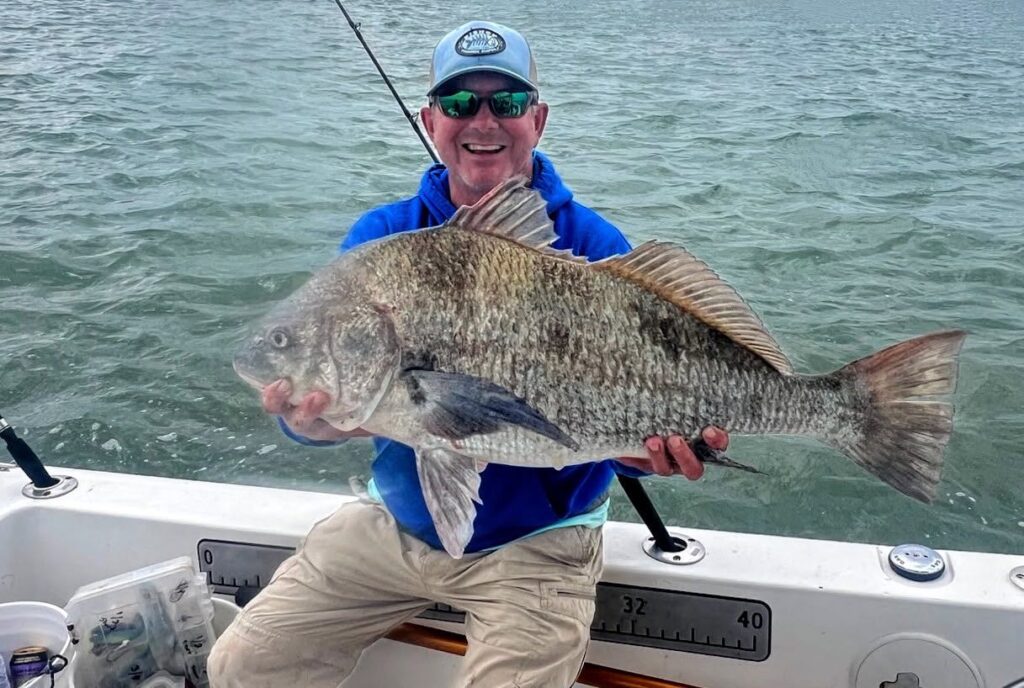
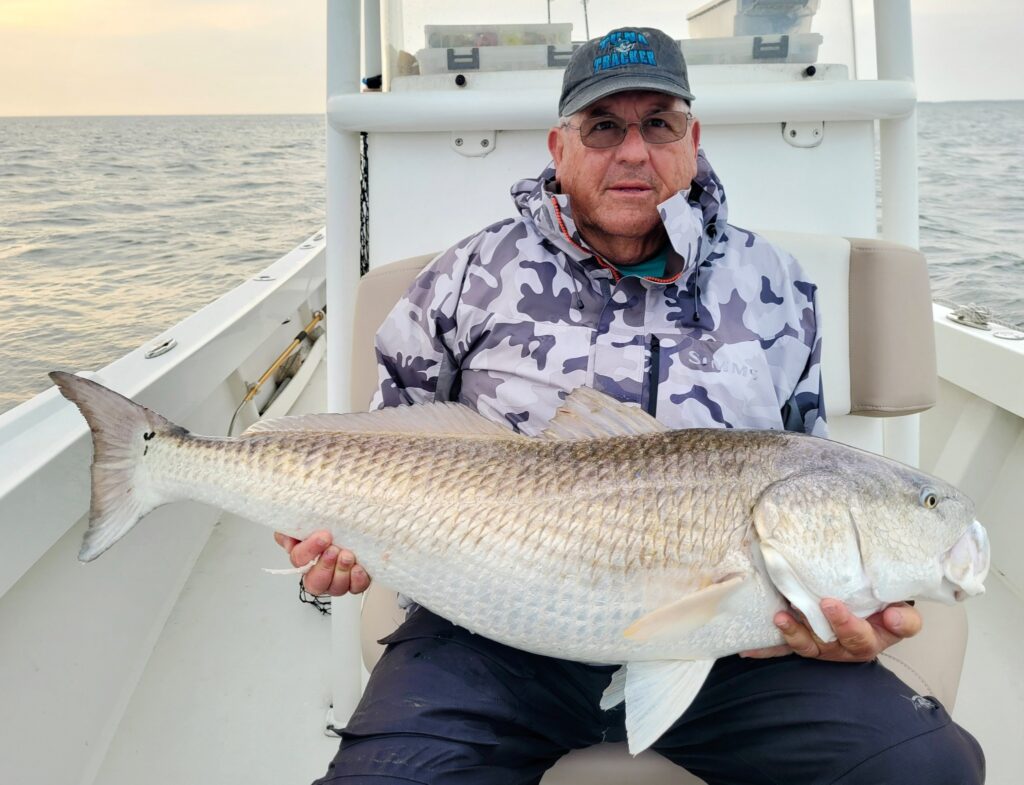
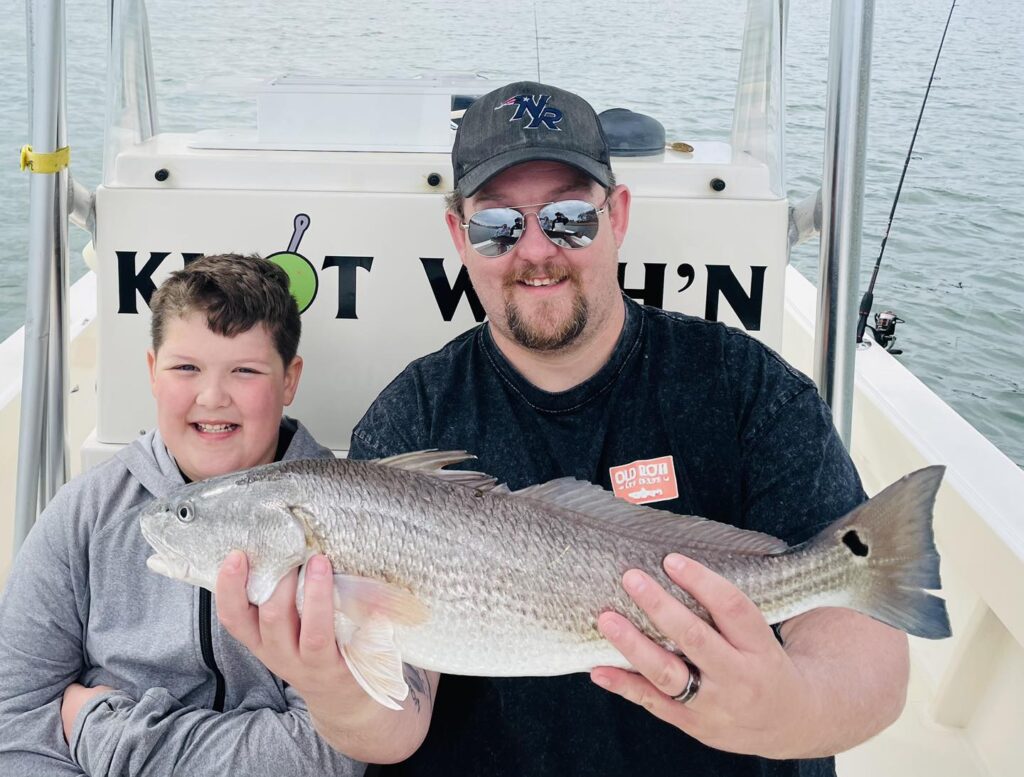
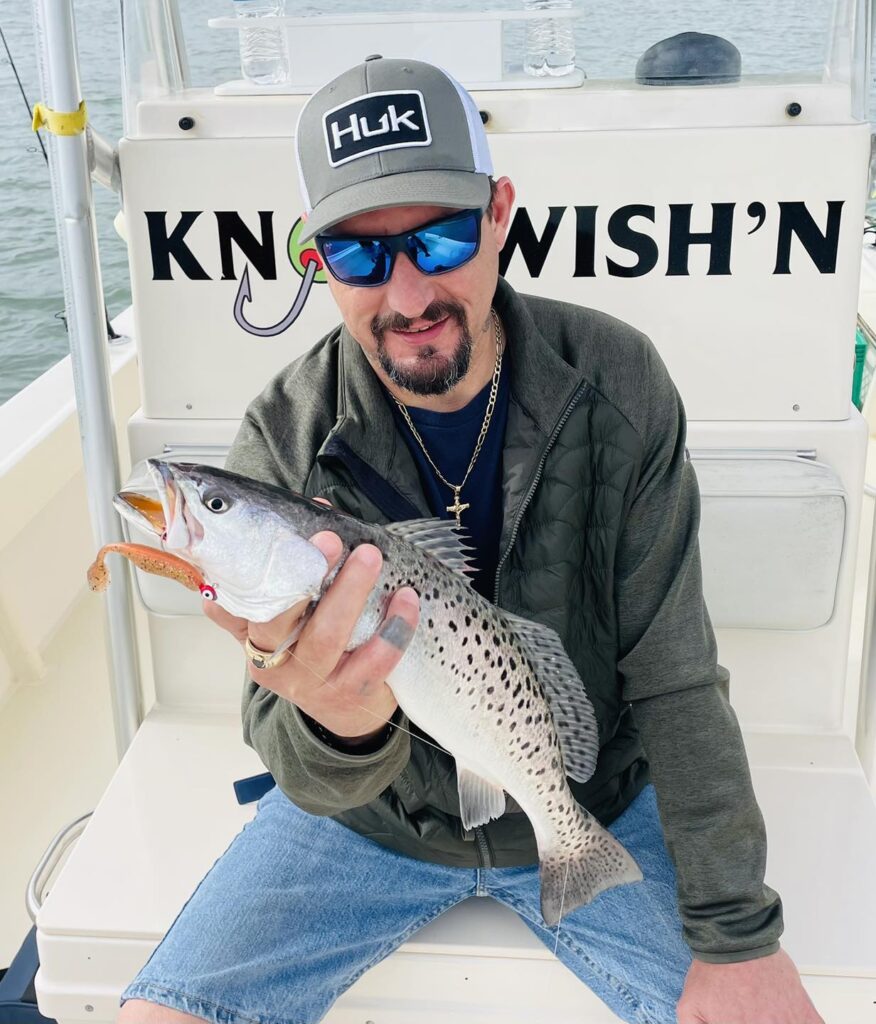
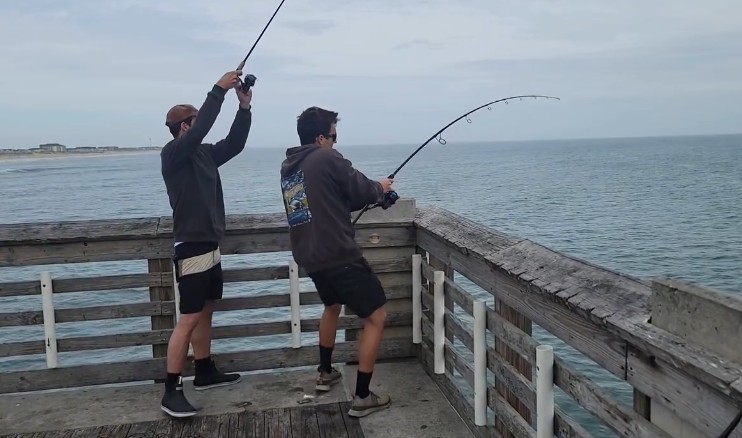
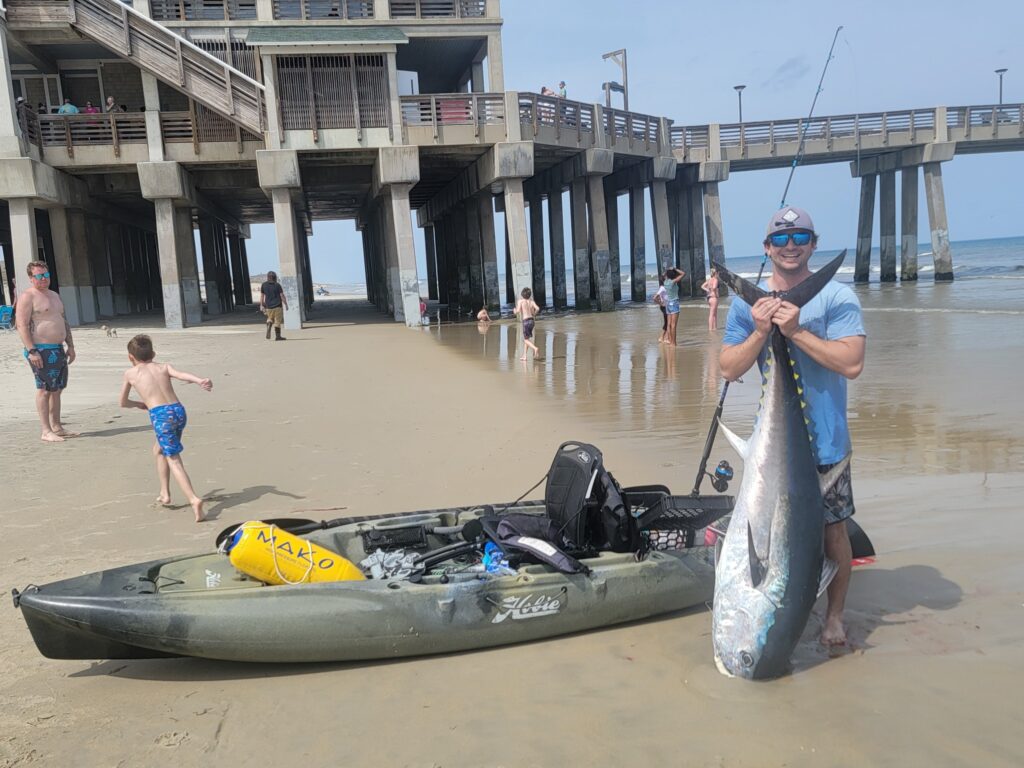
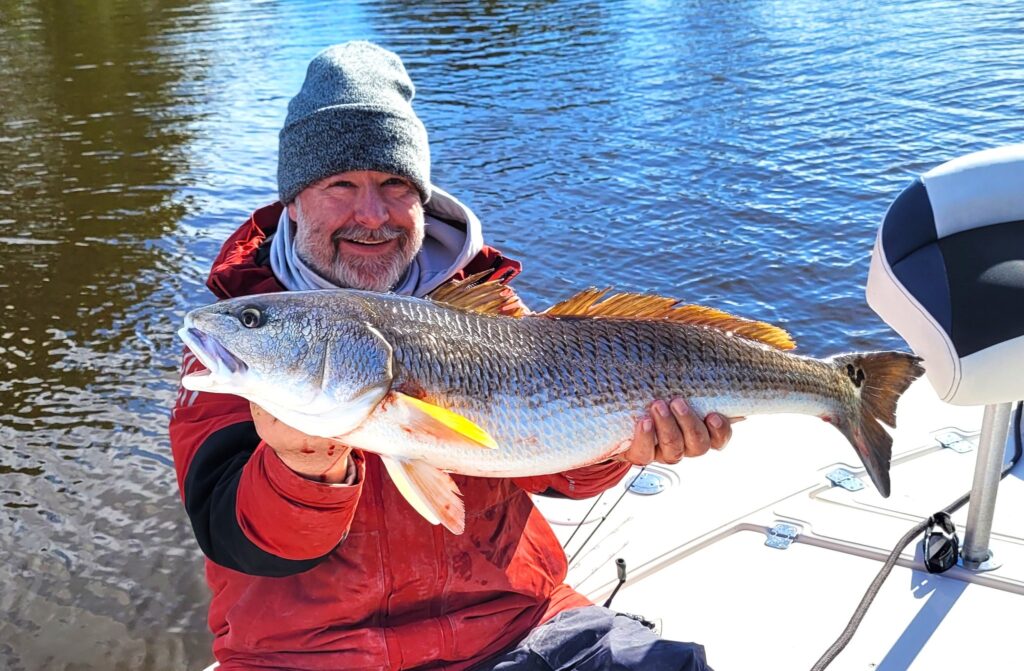
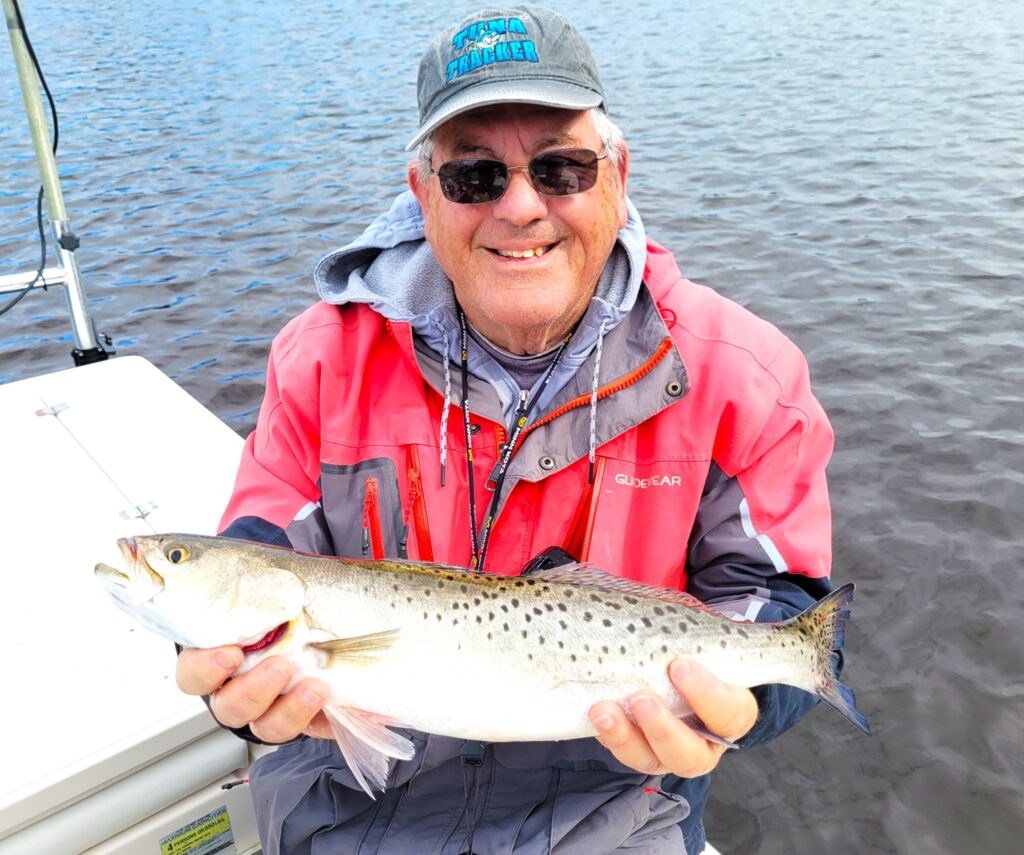
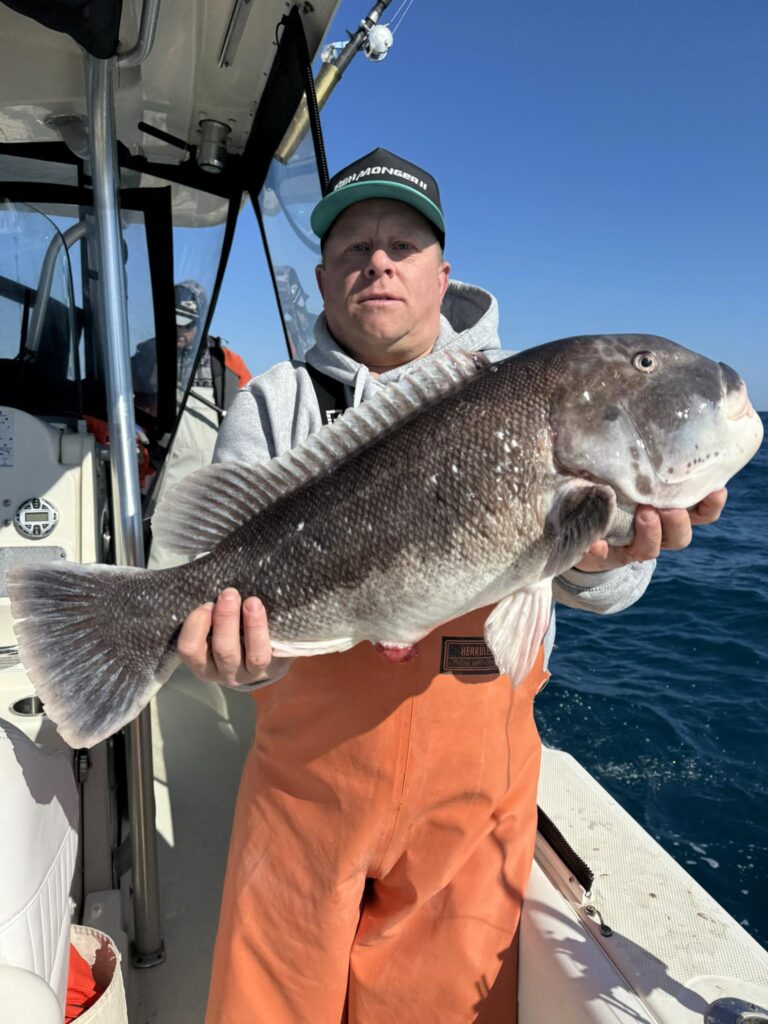
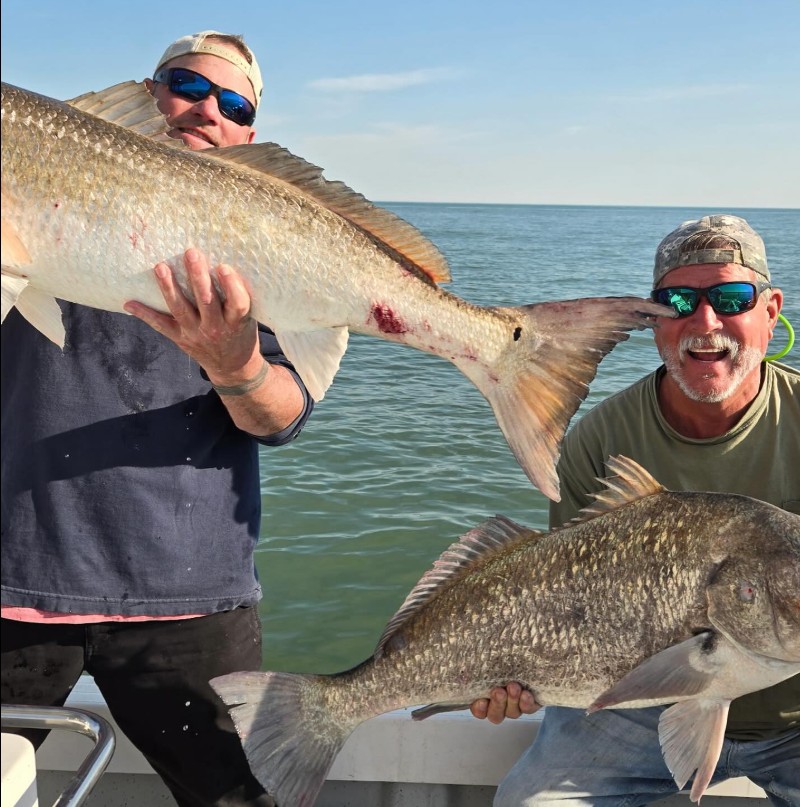
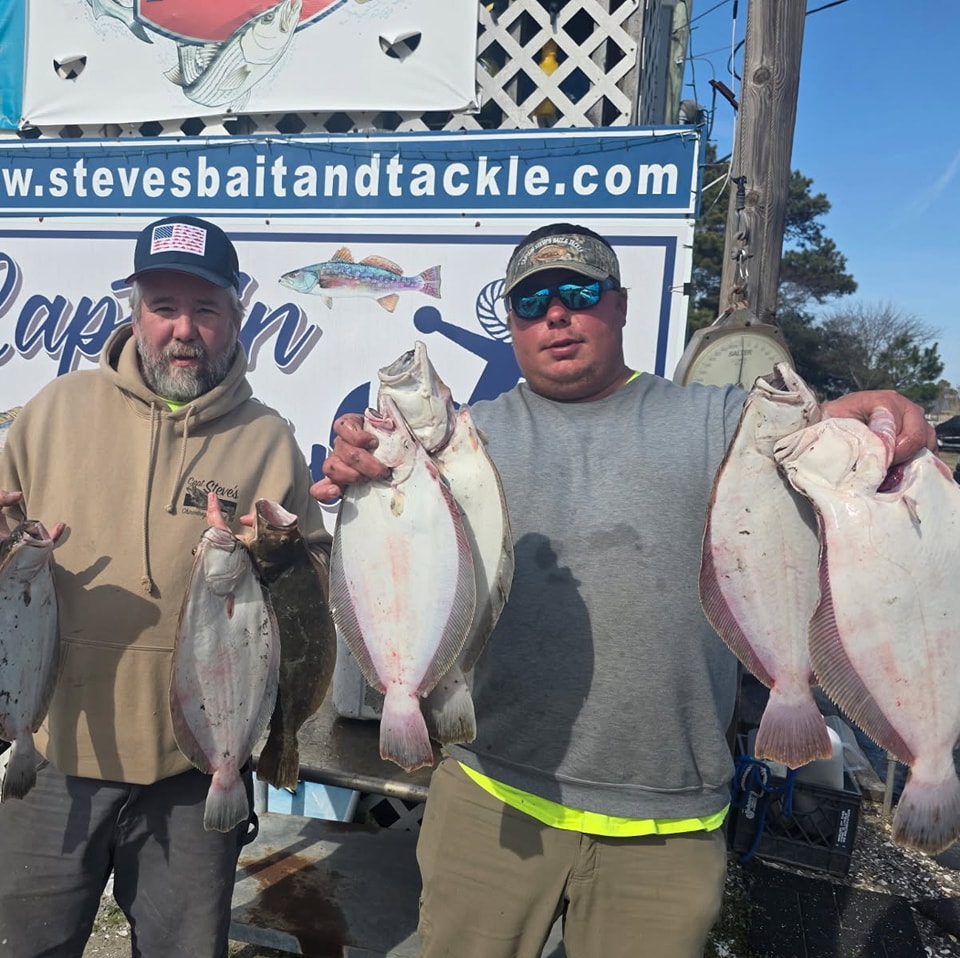
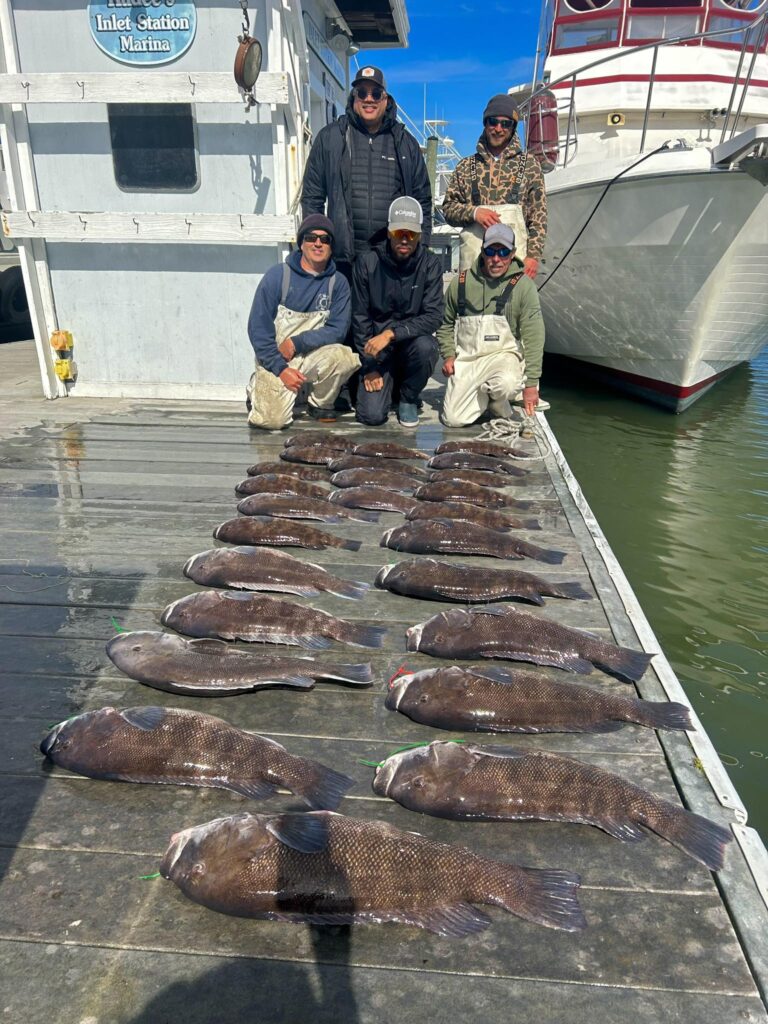
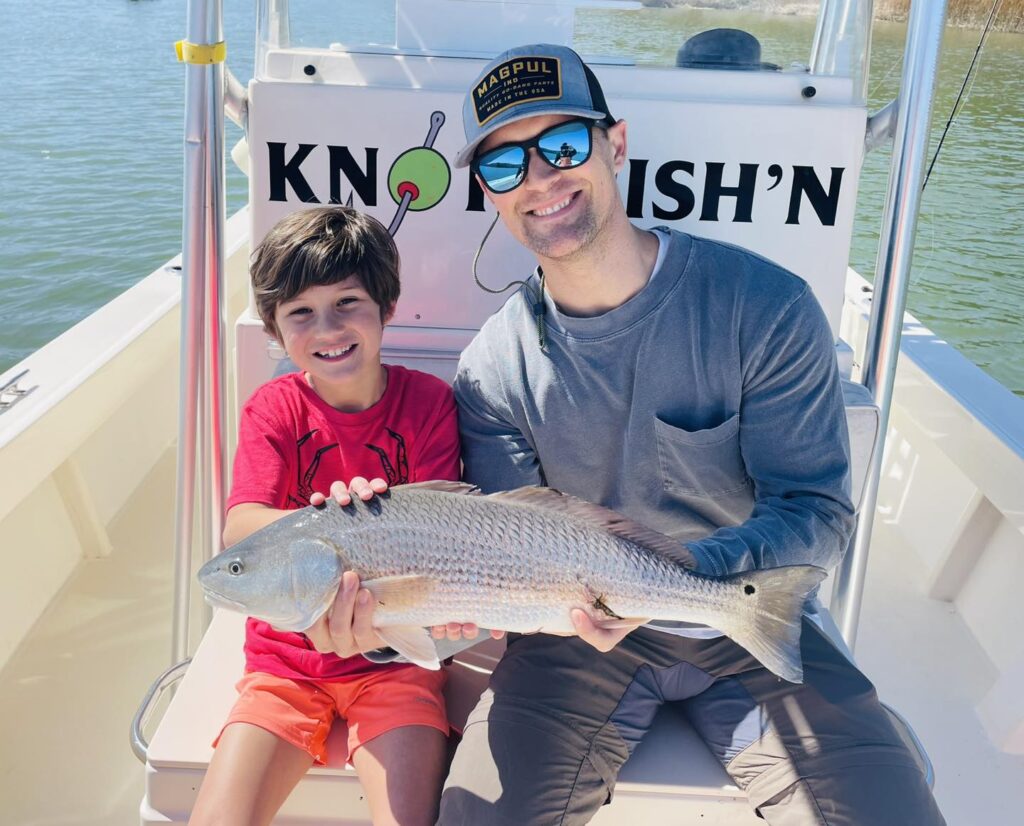
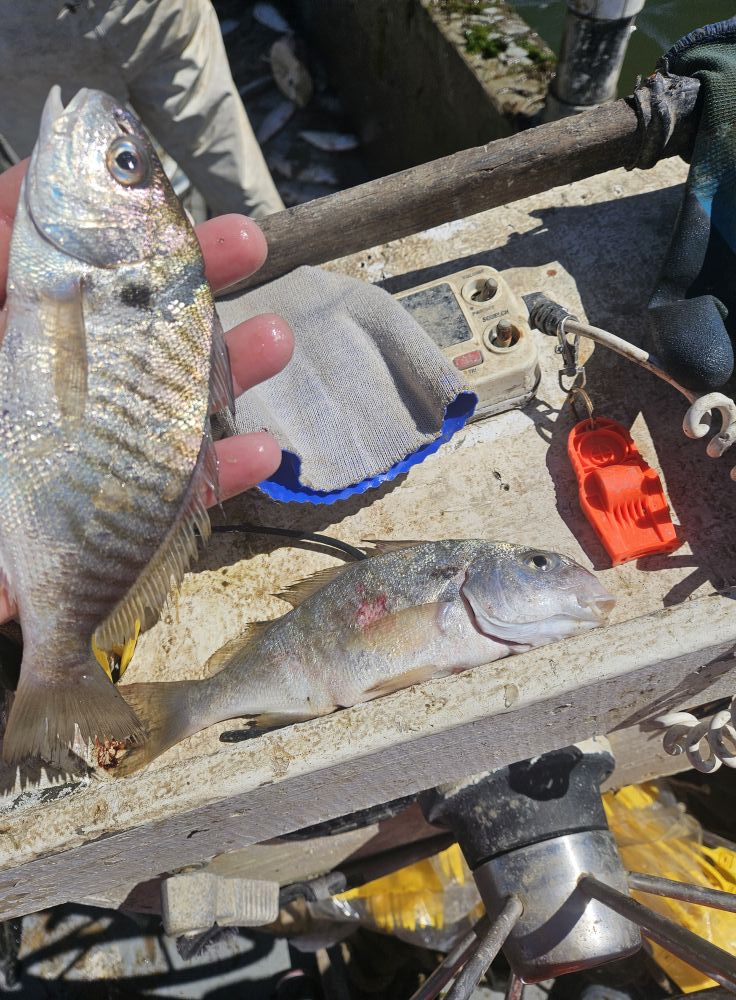
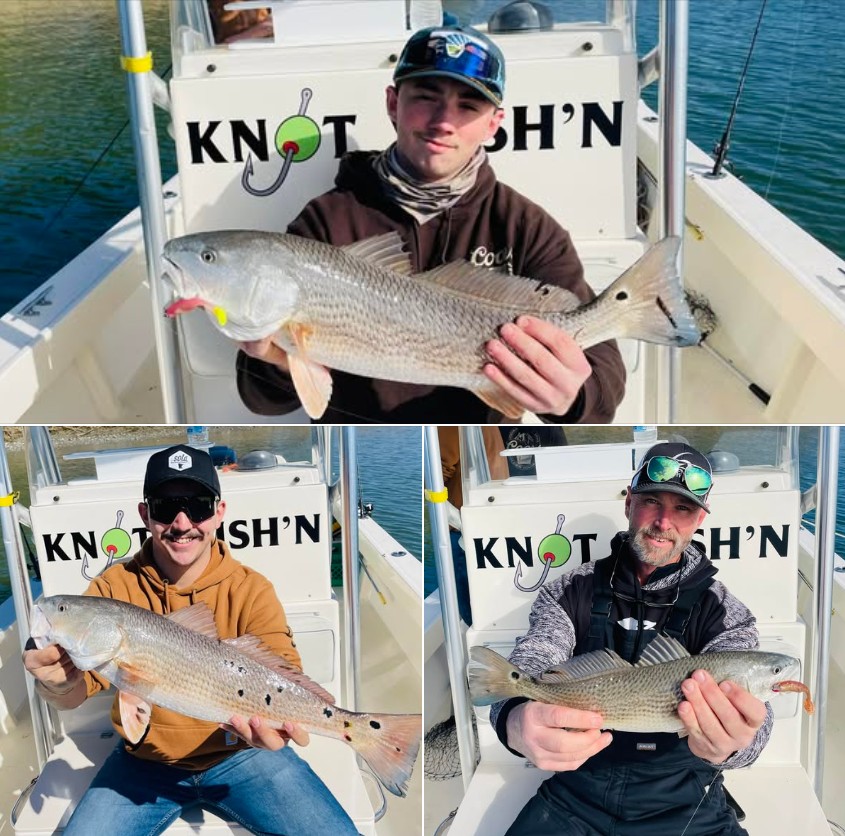
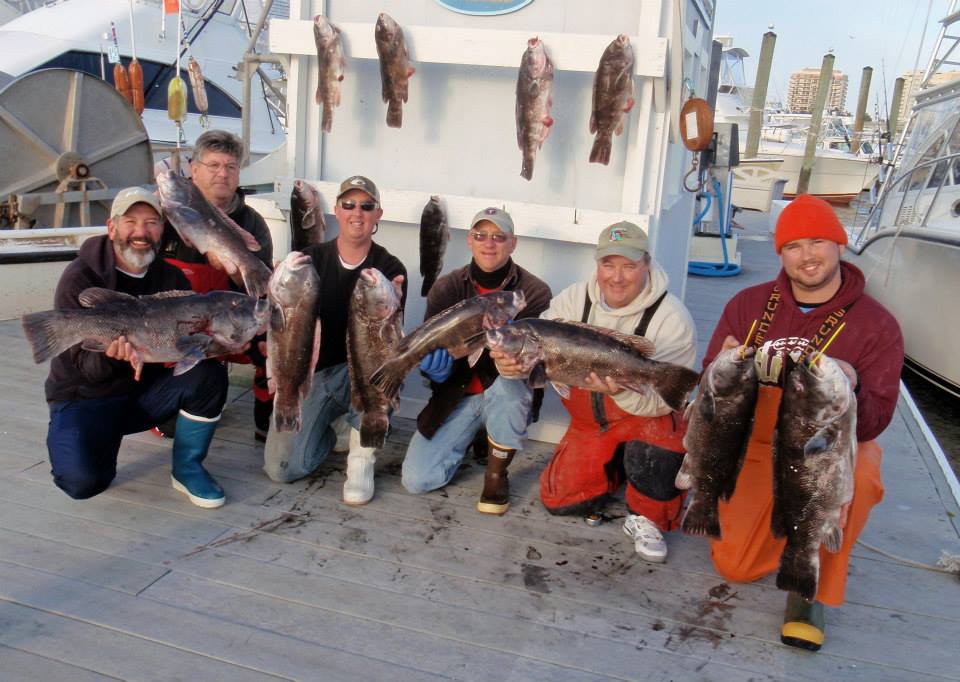
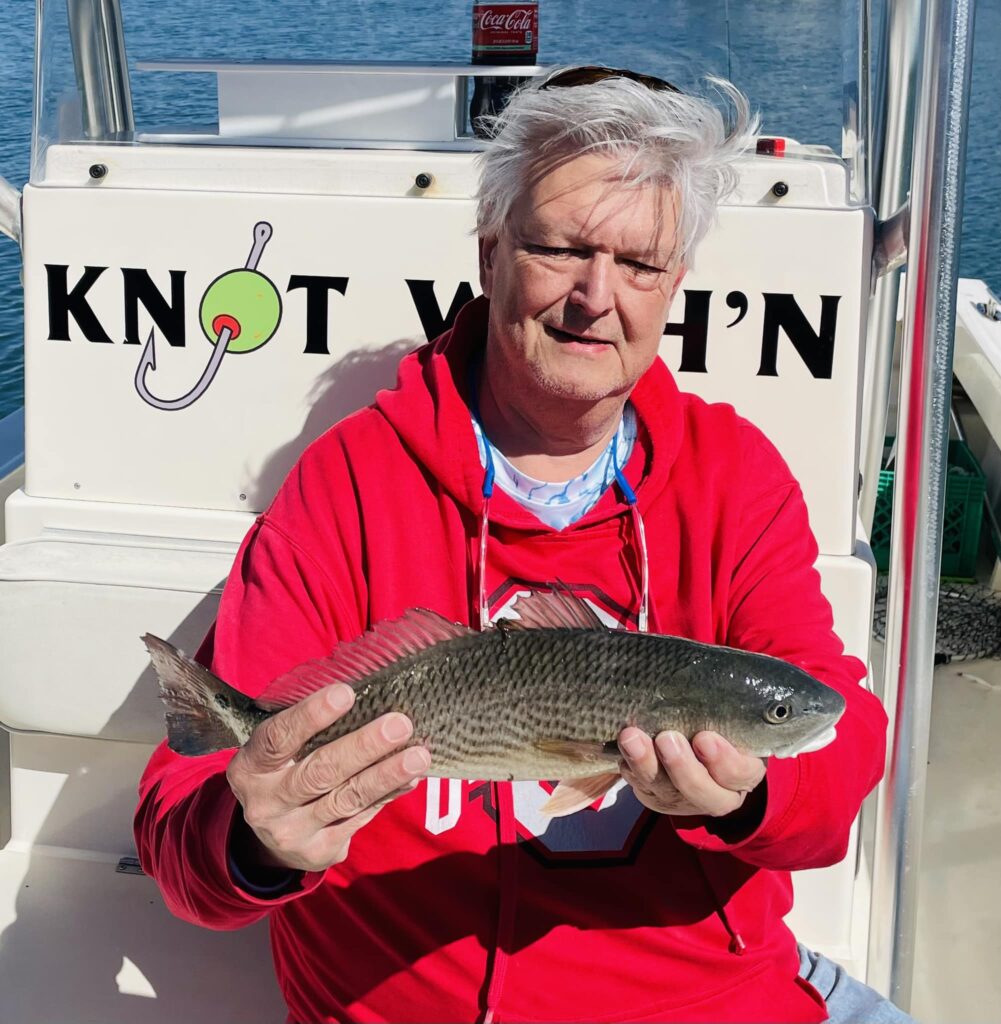












 Views Last 7 days : 1511
Views Last 7 days : 1511 Views Last 30 days : 6845
Views Last 30 days : 6845